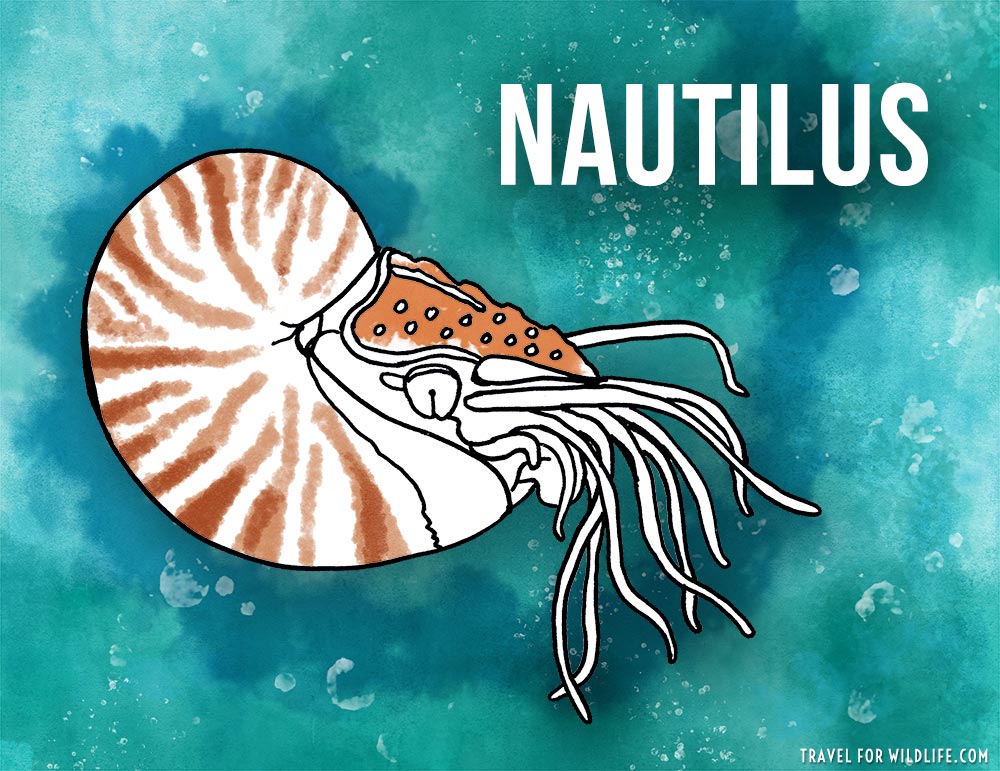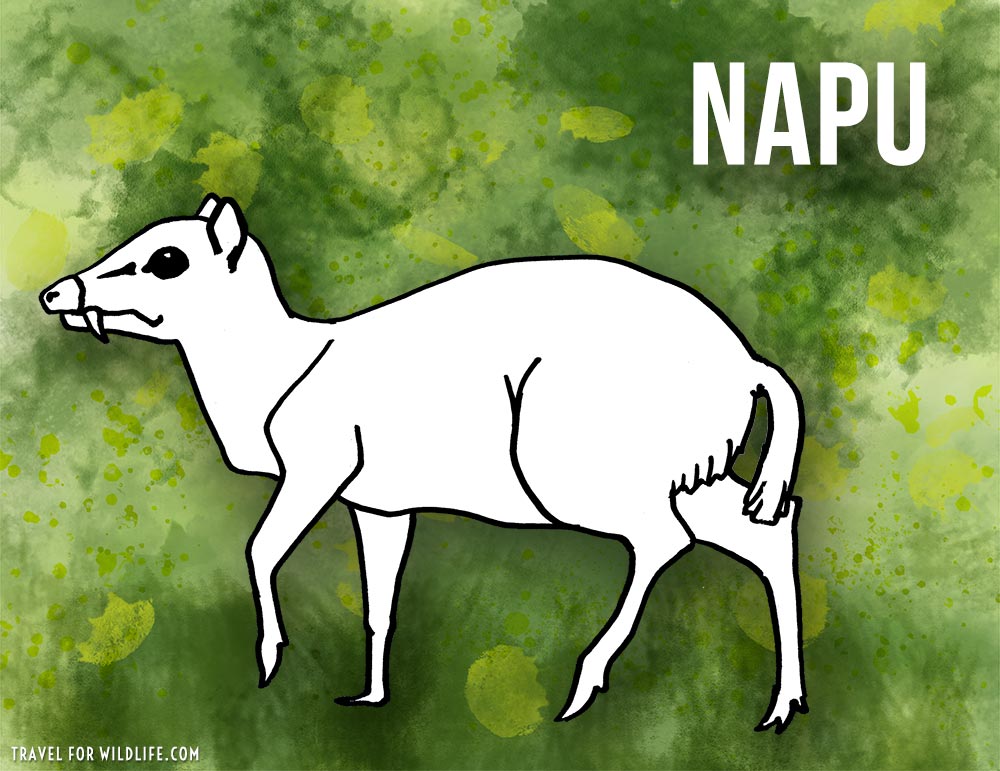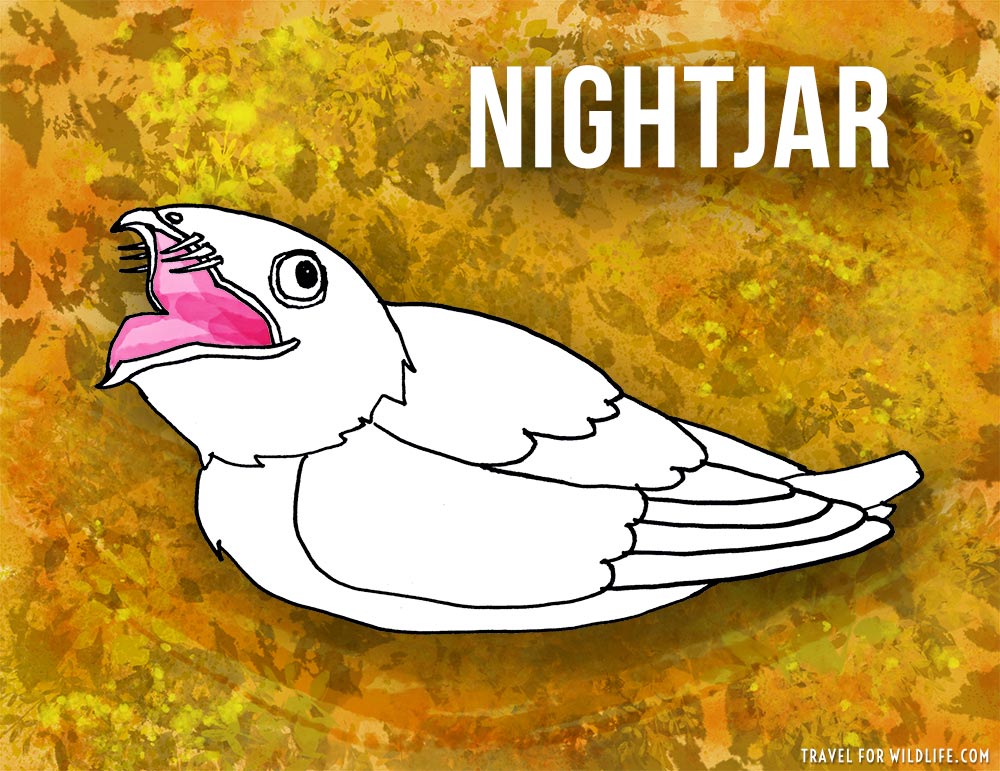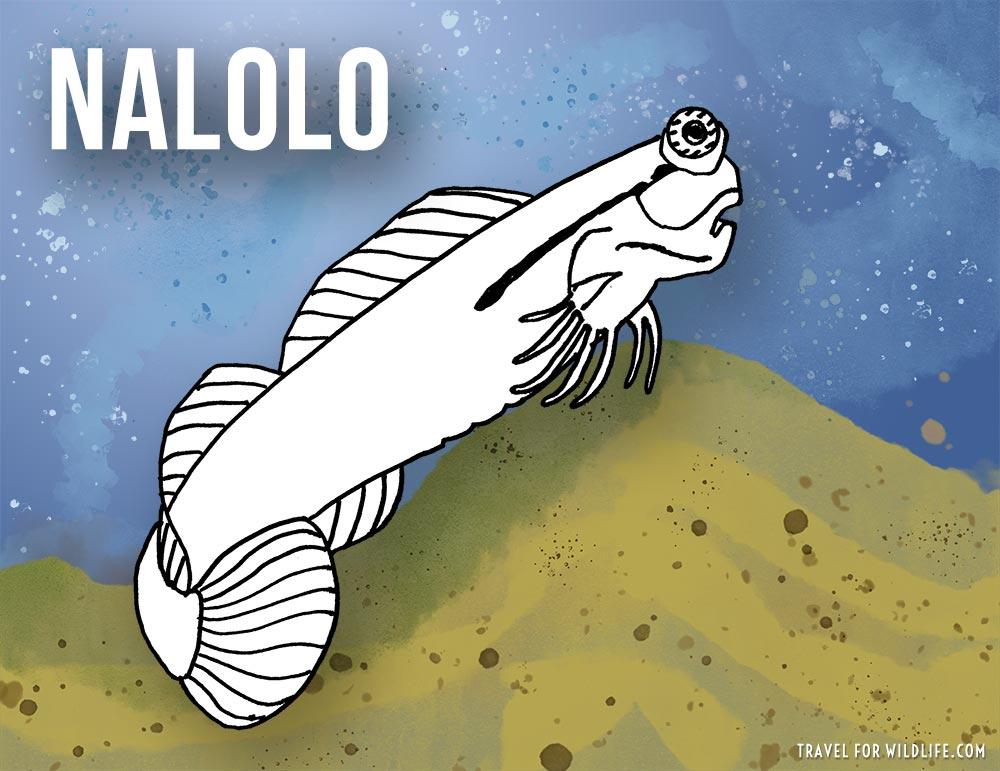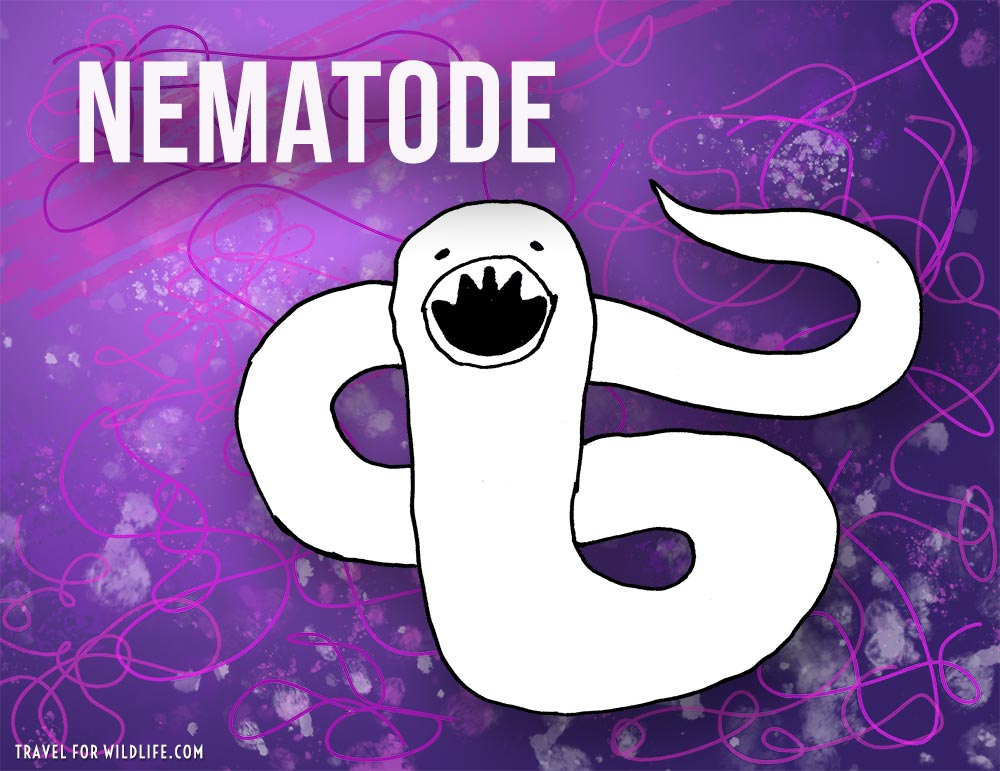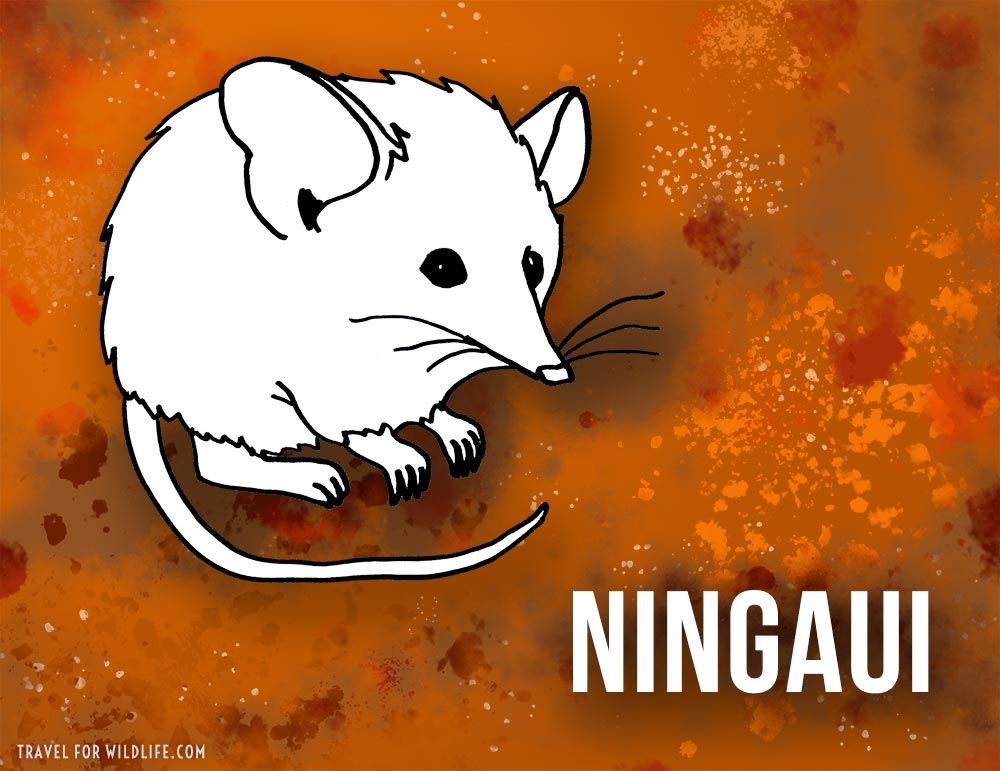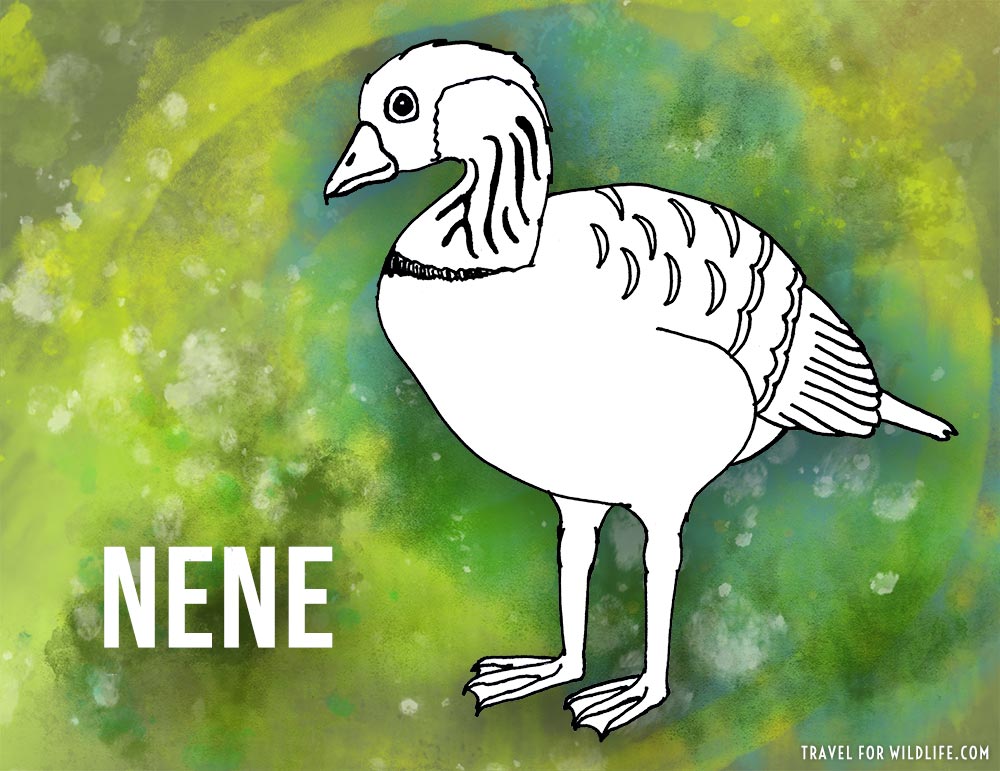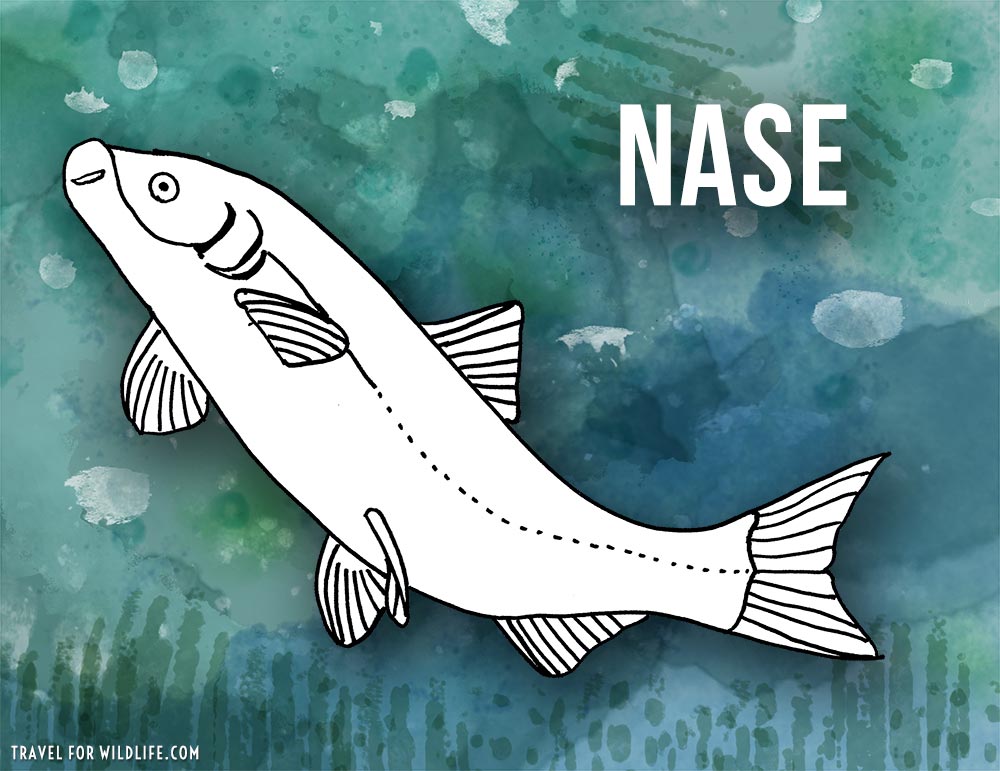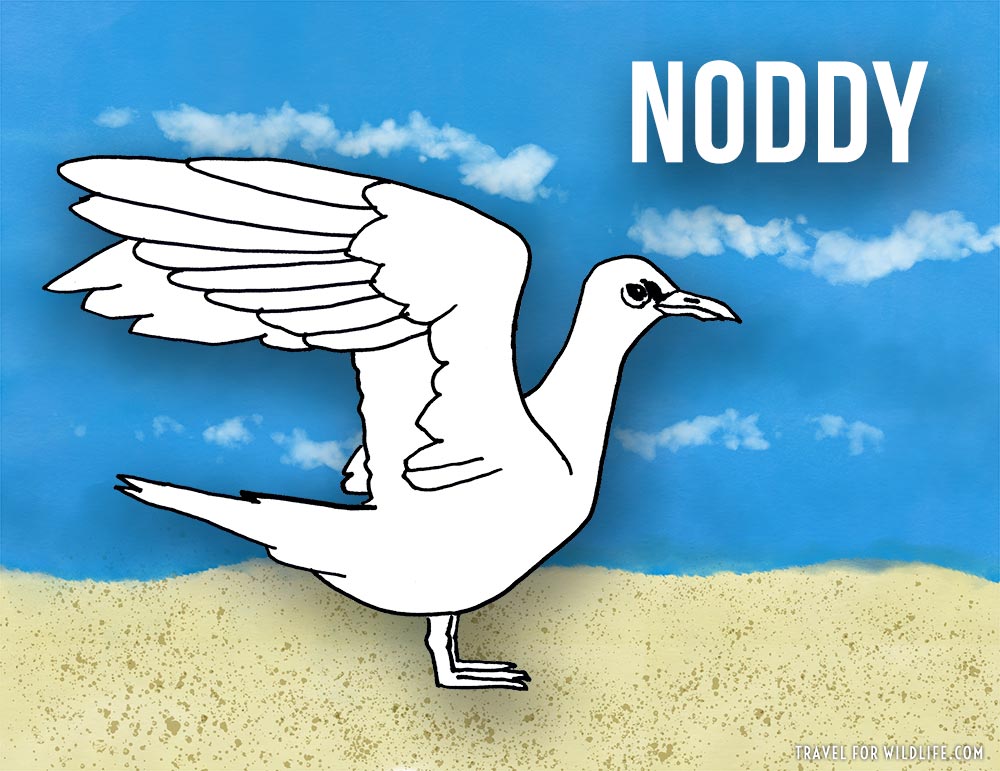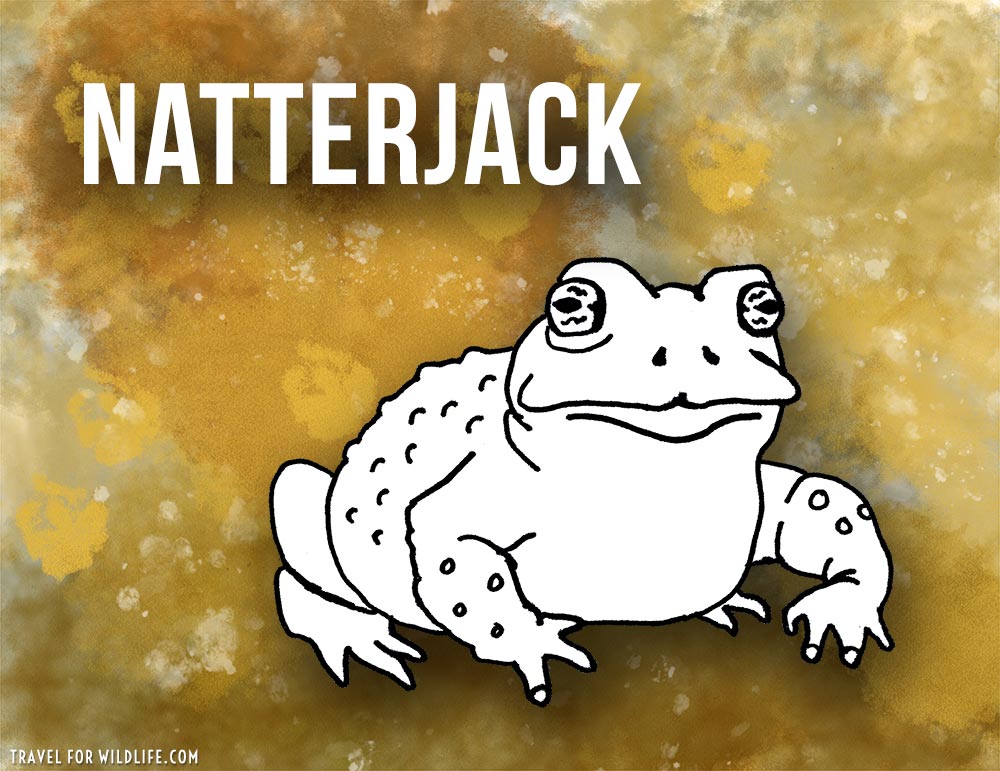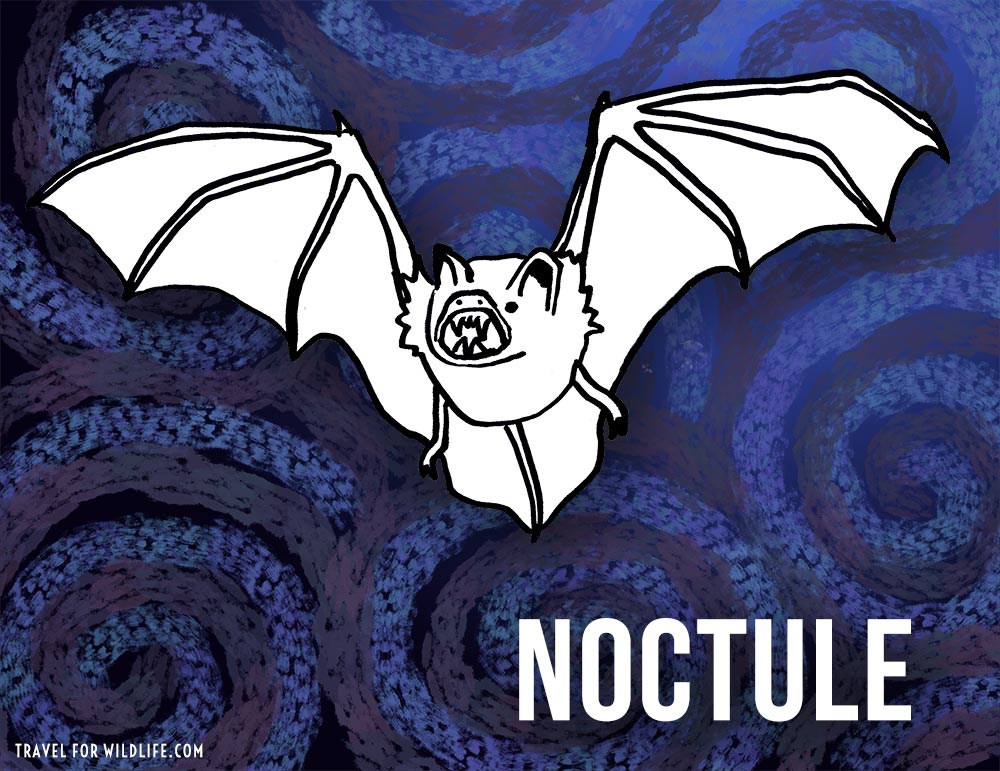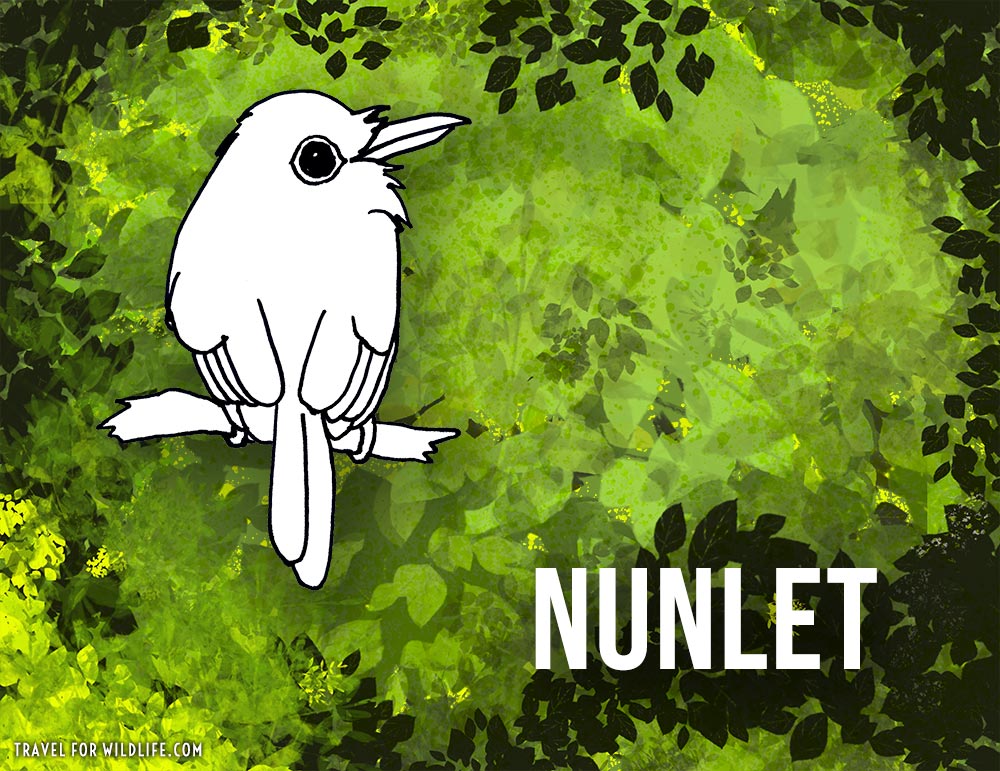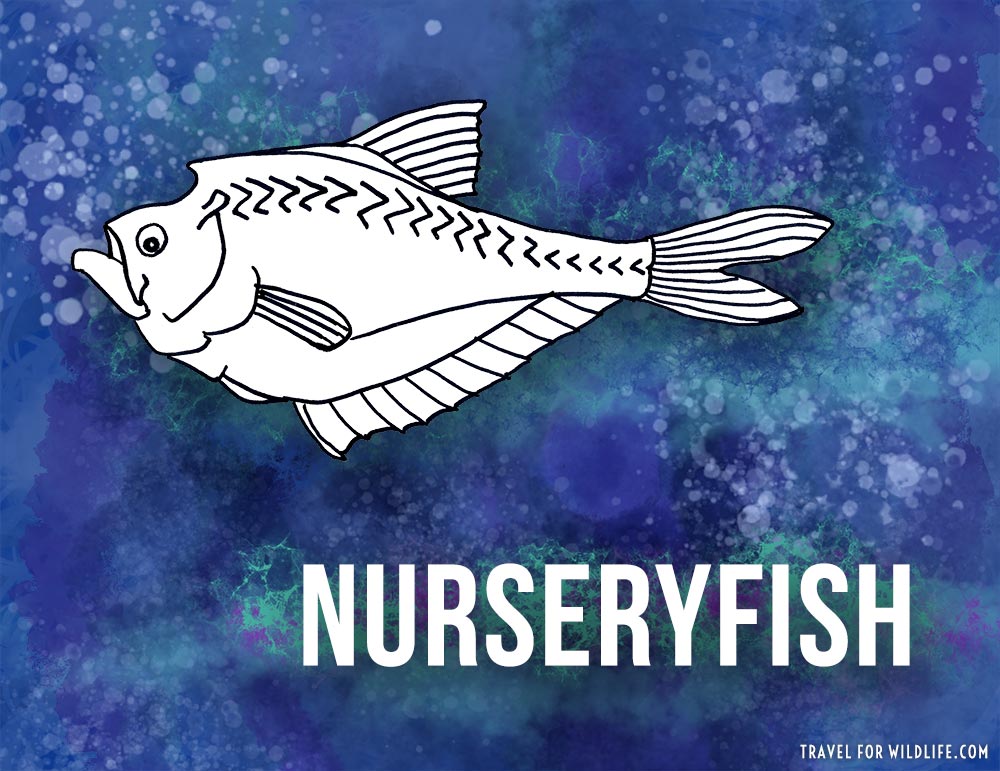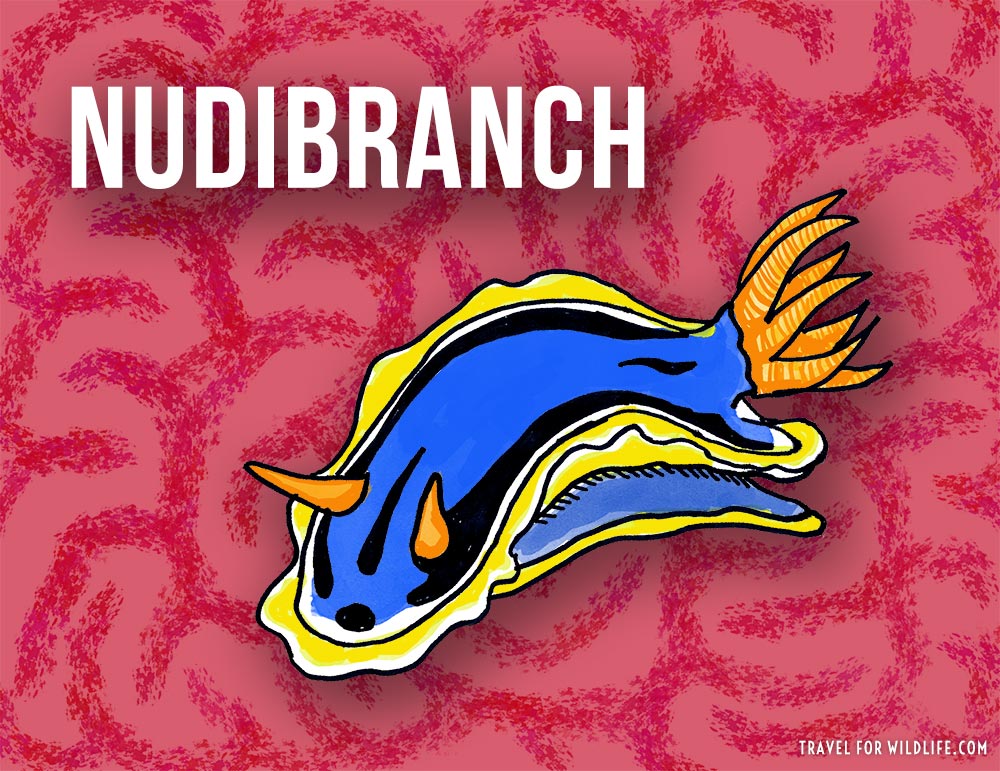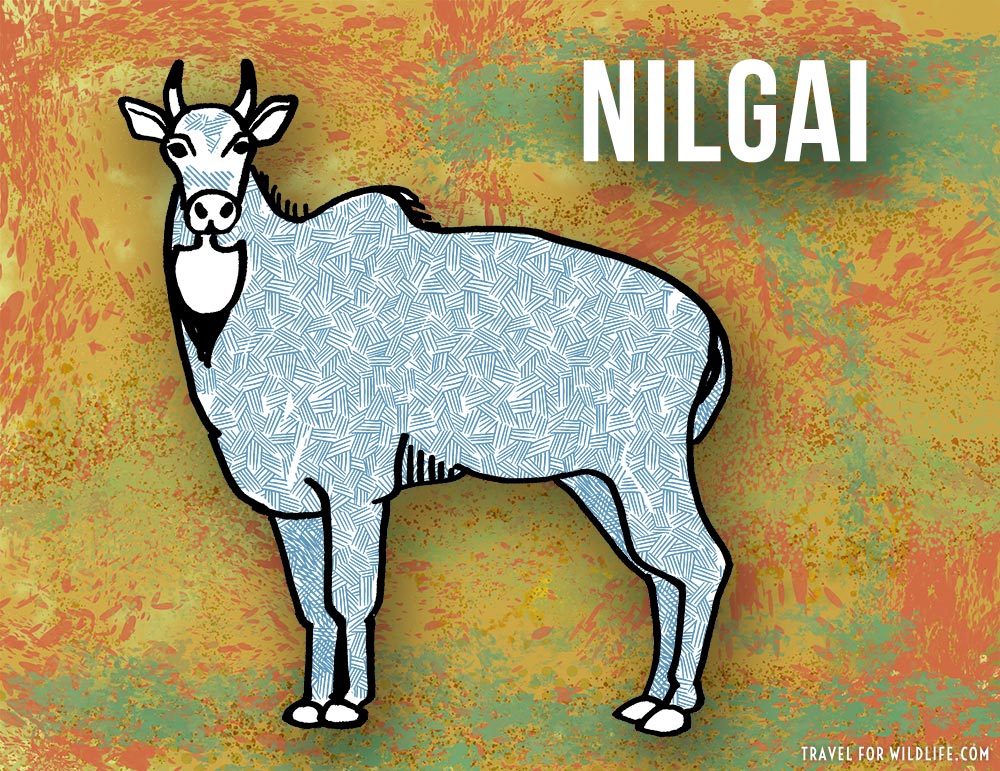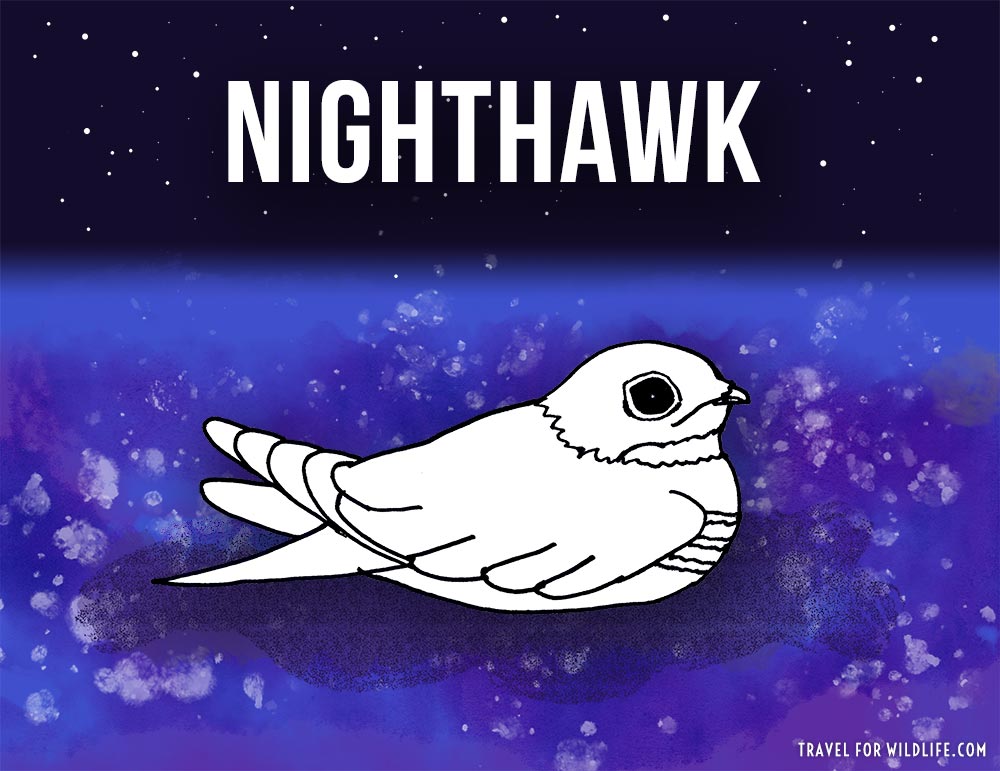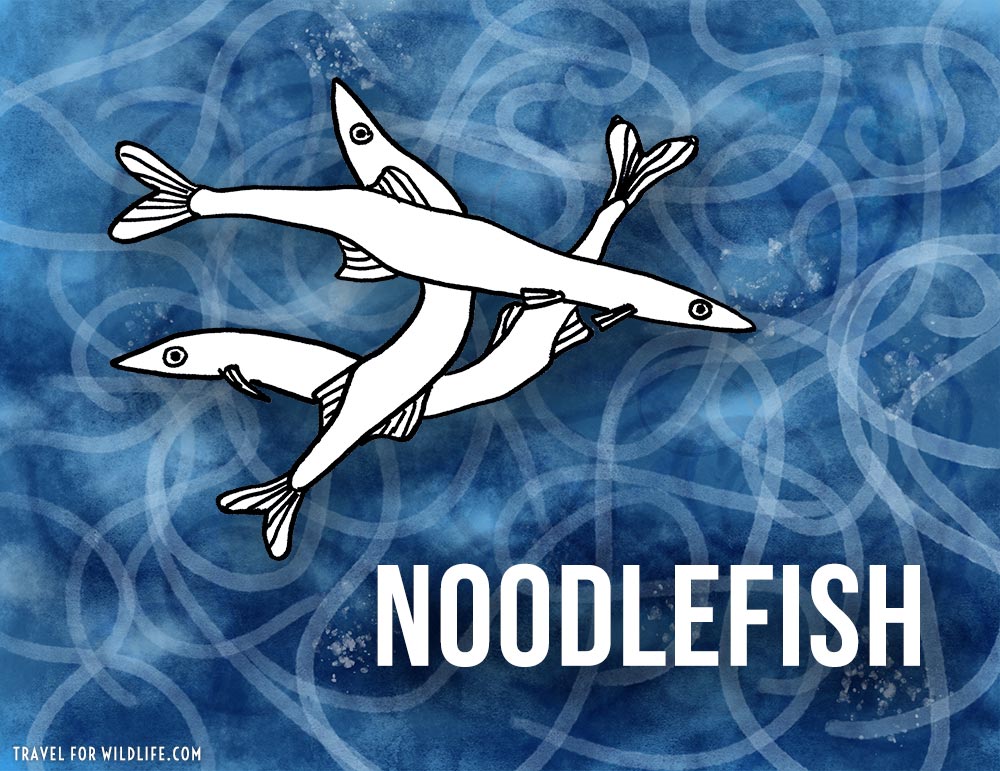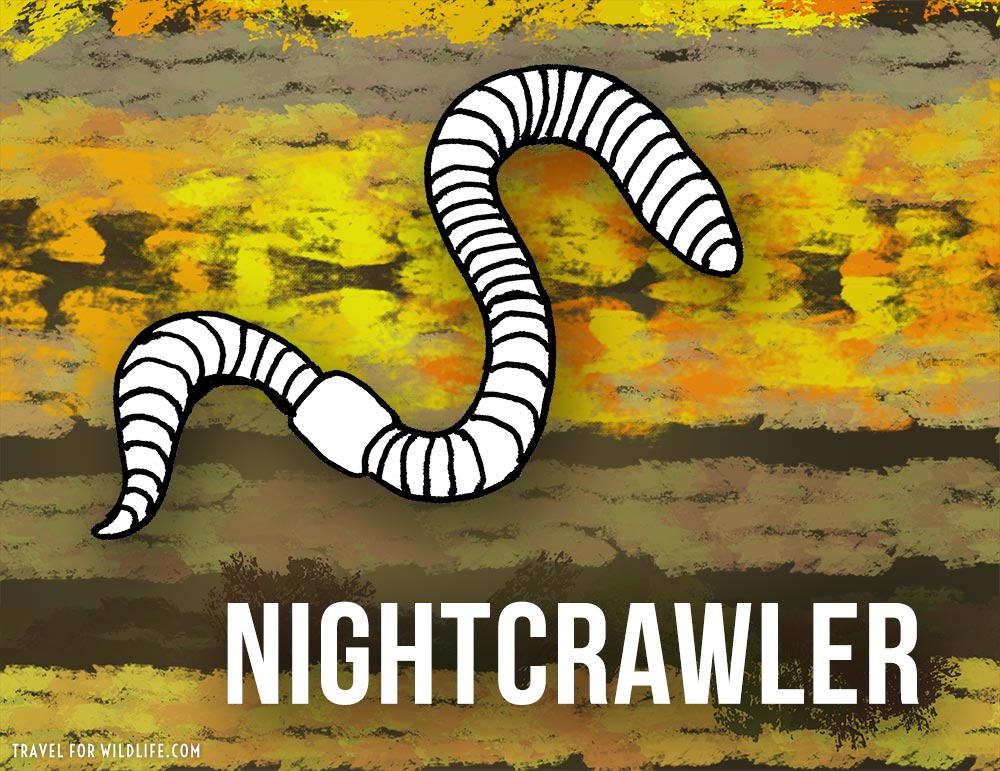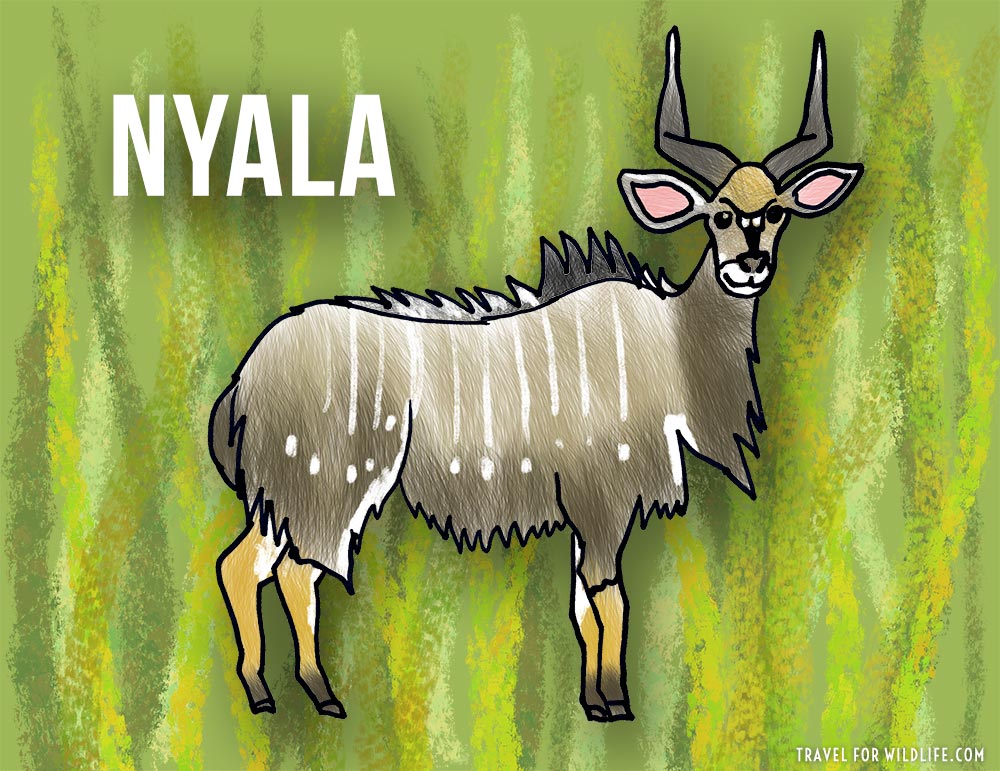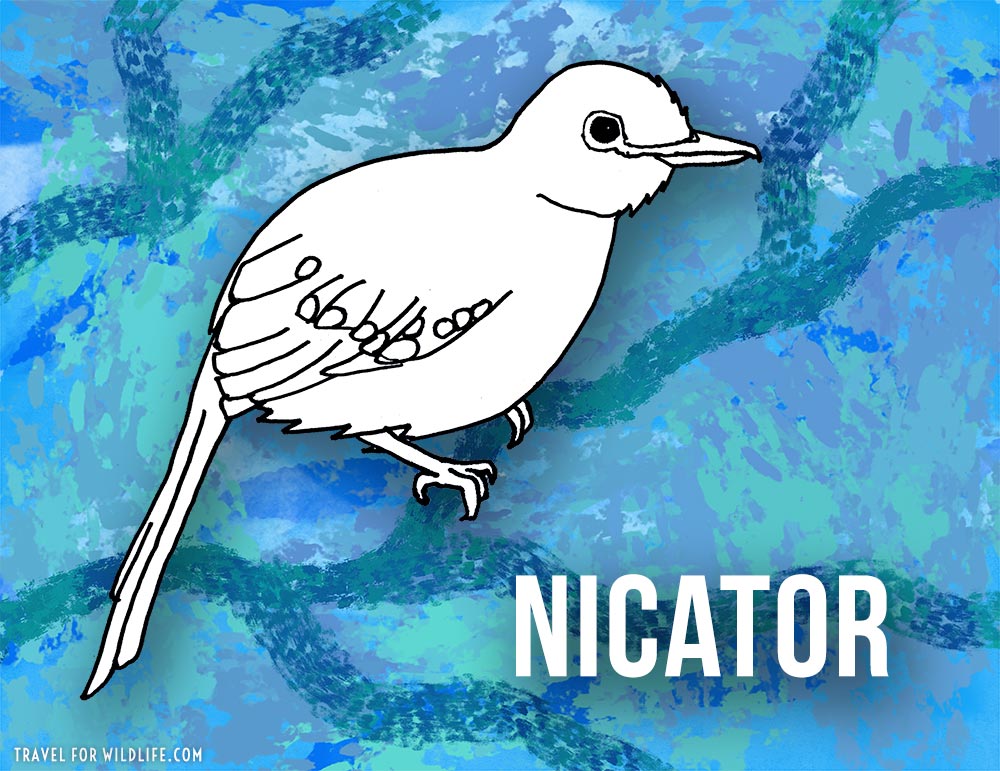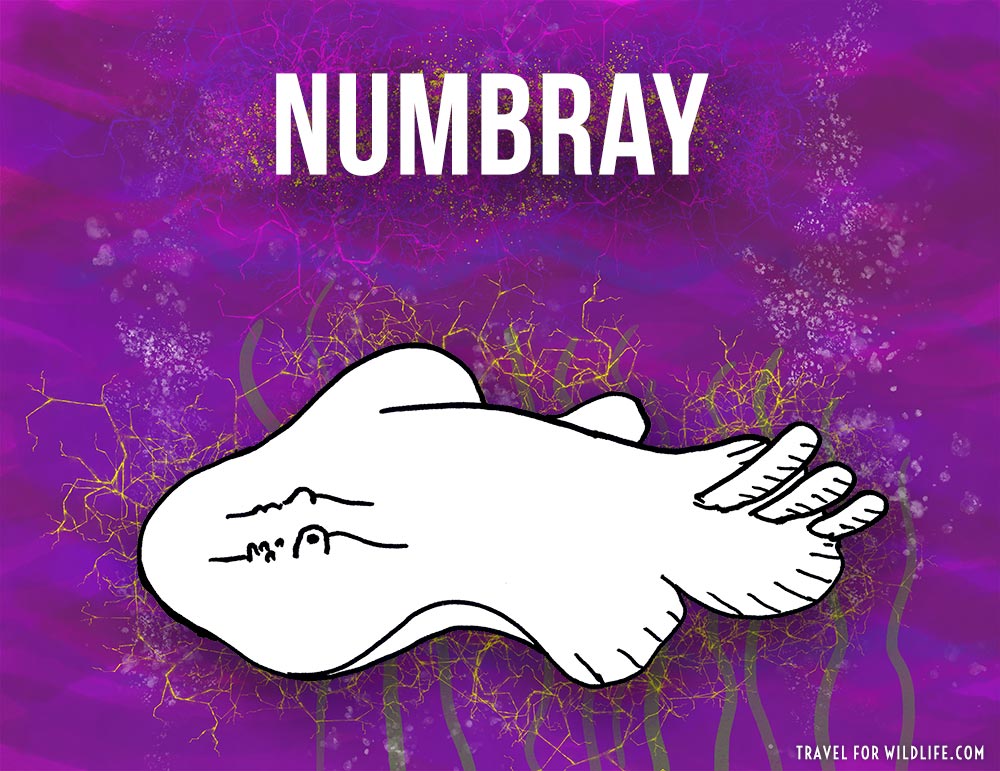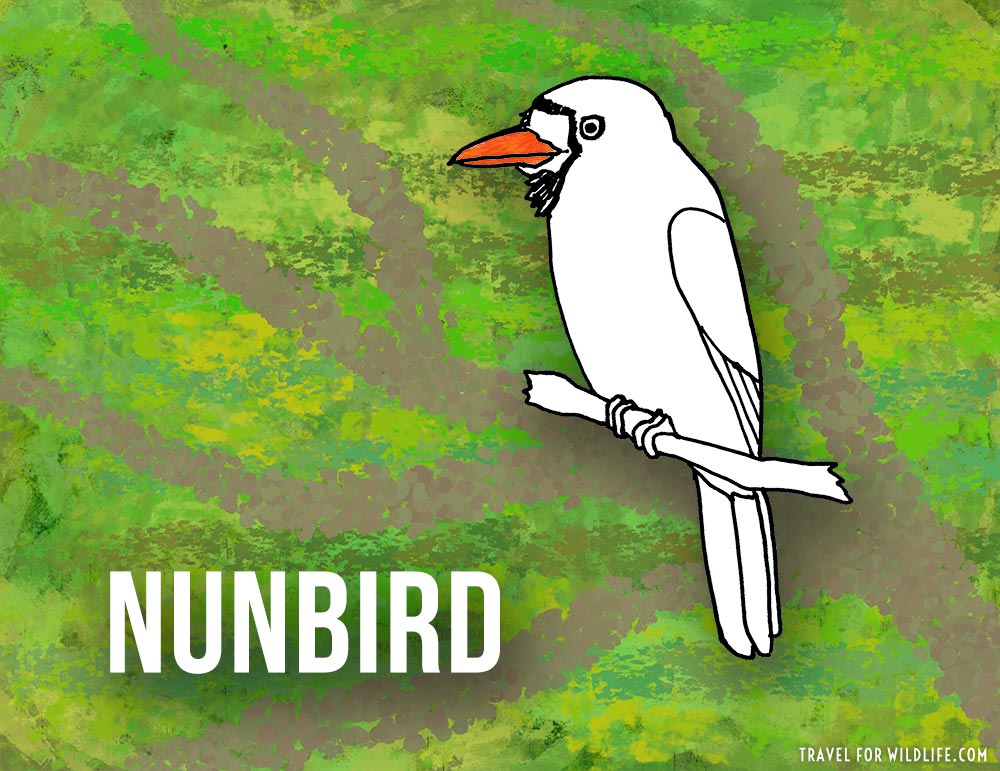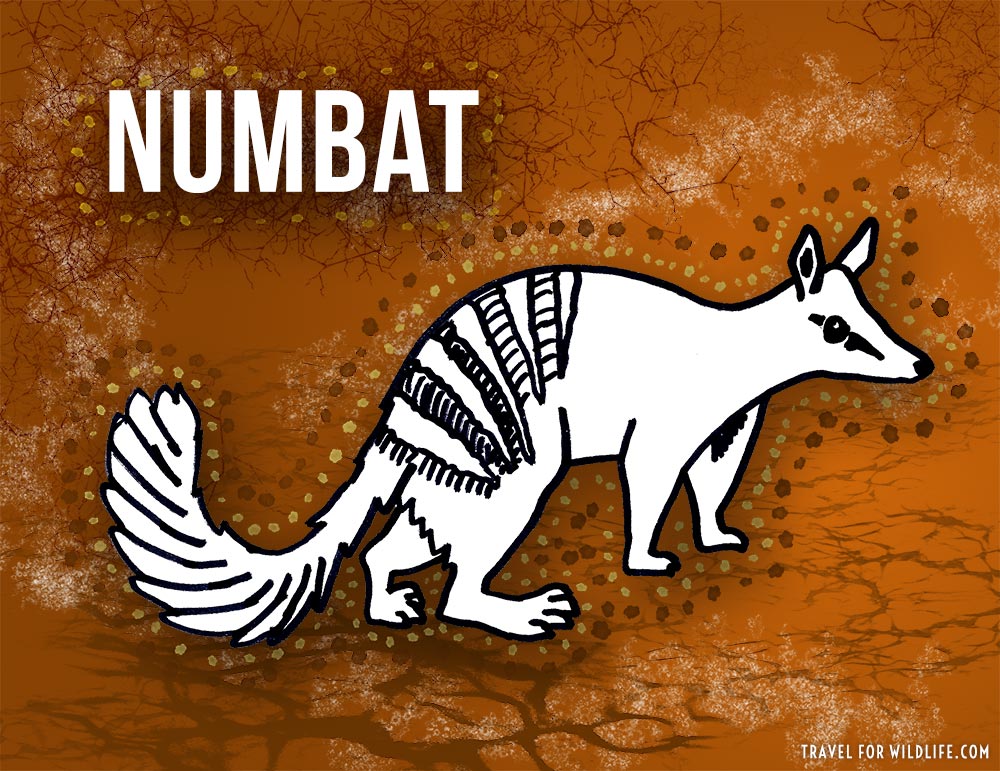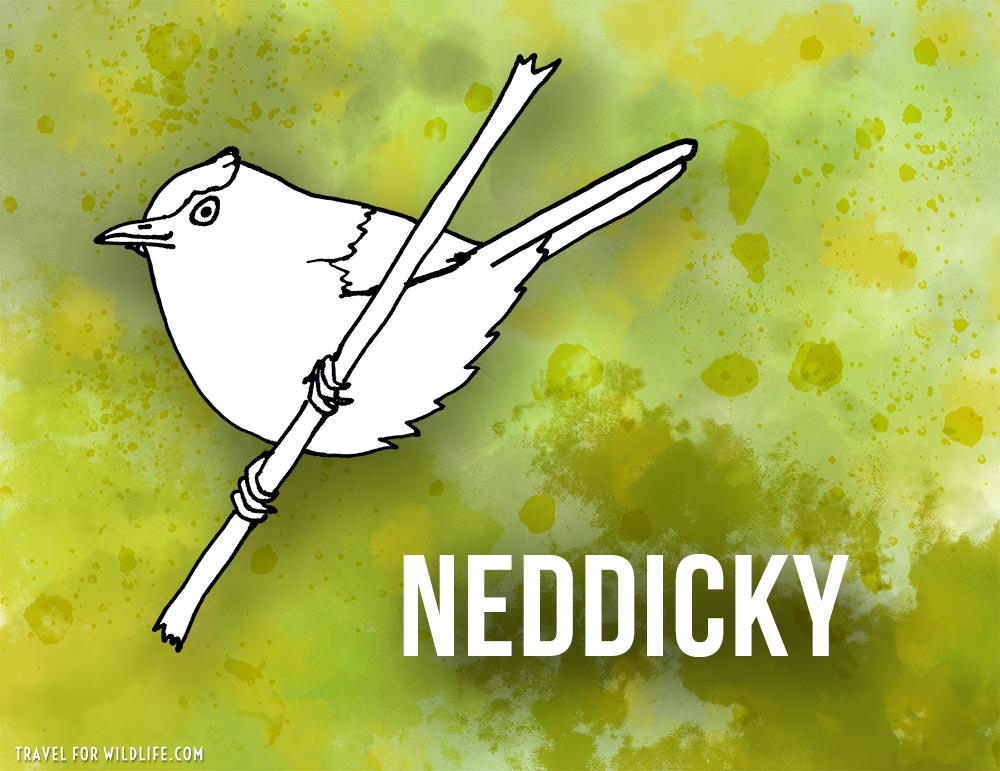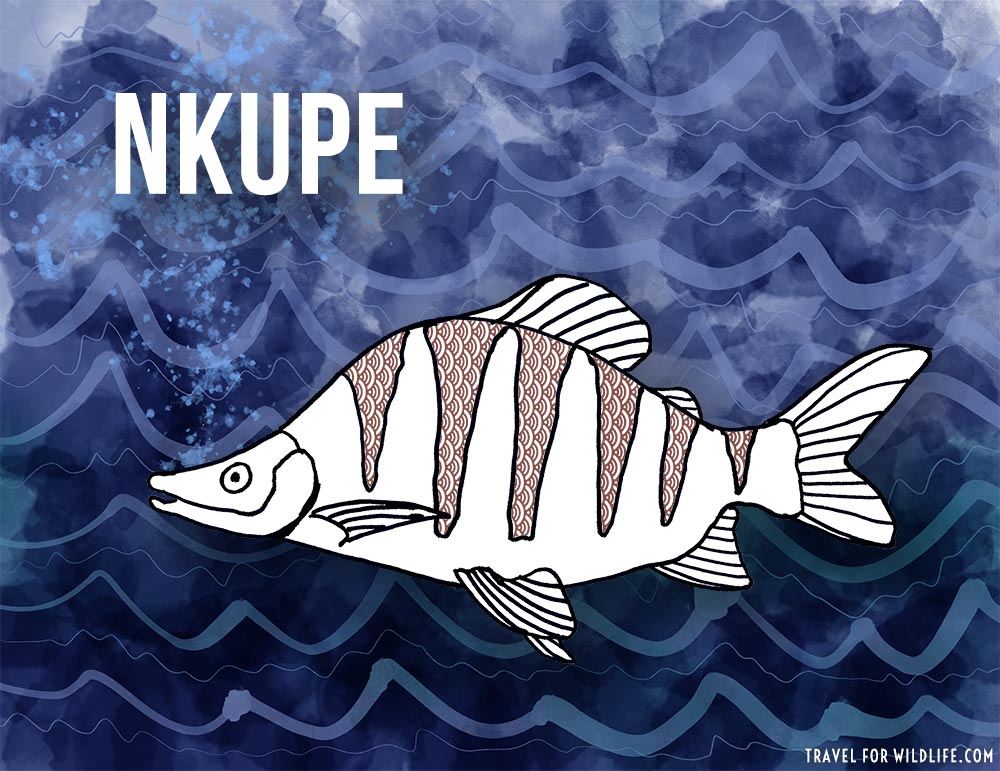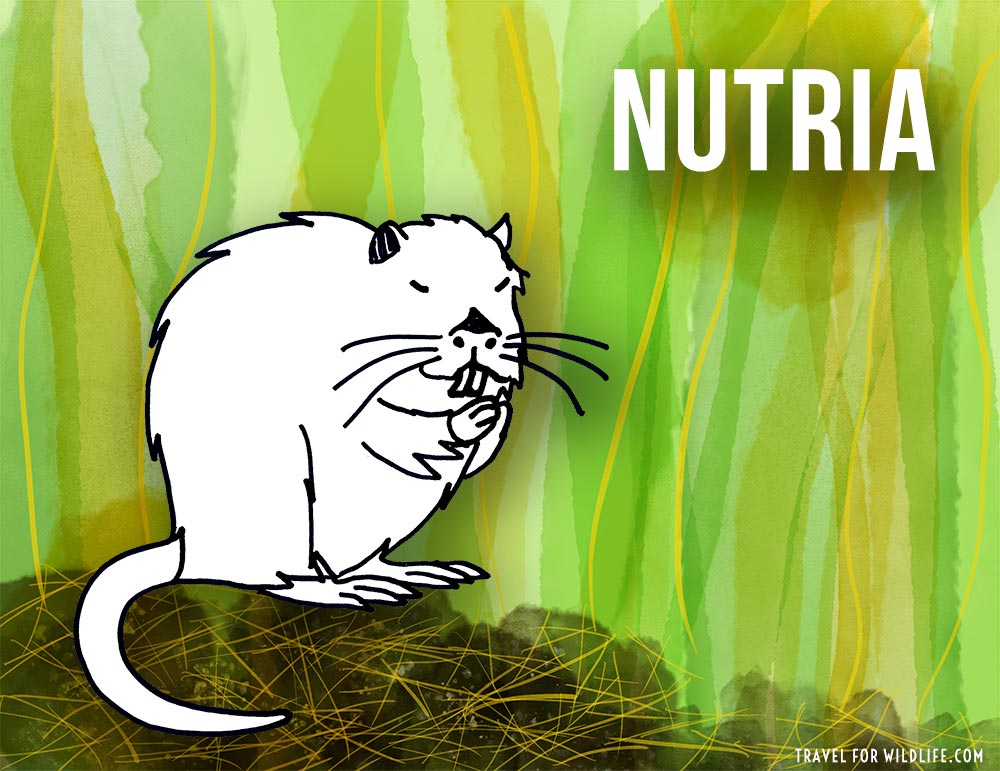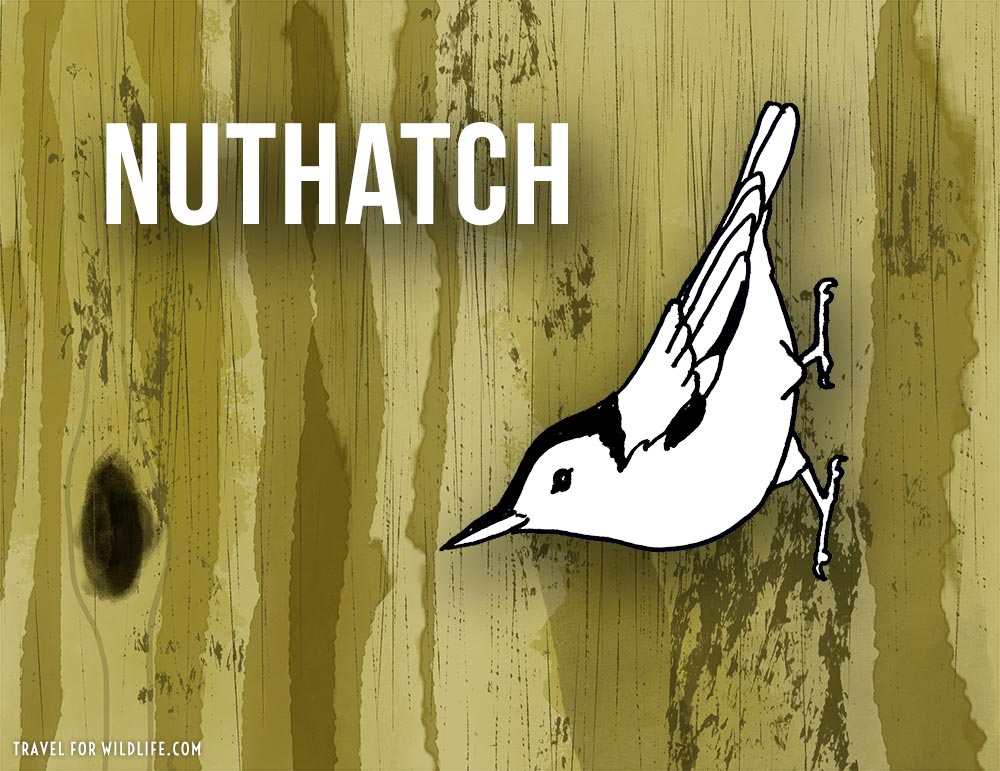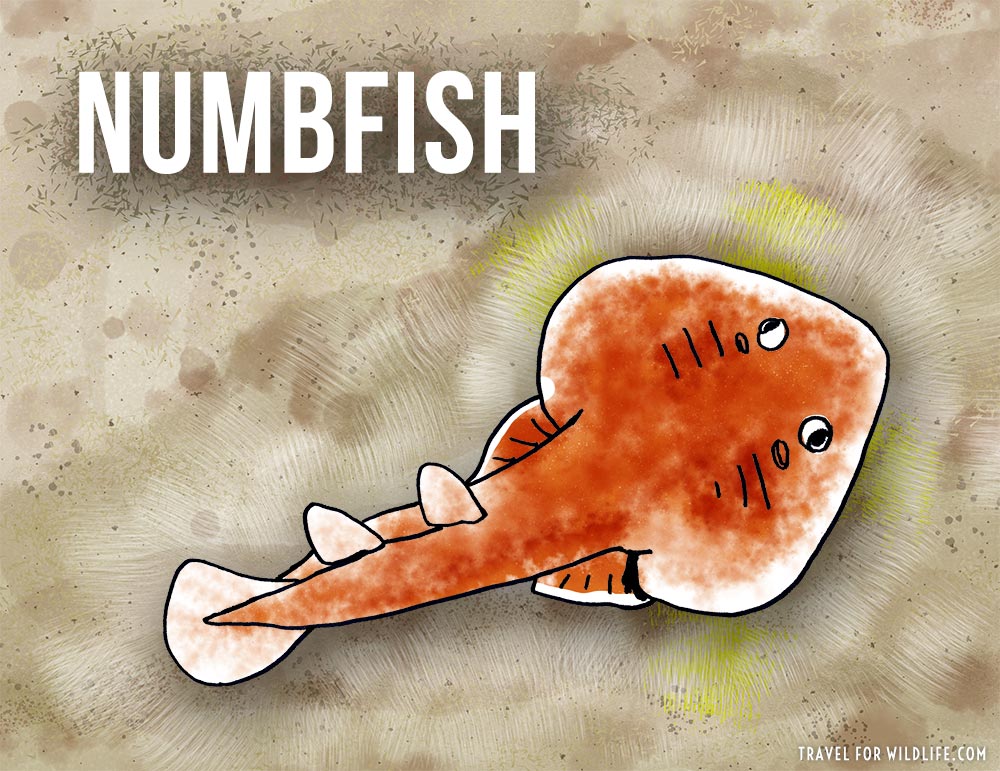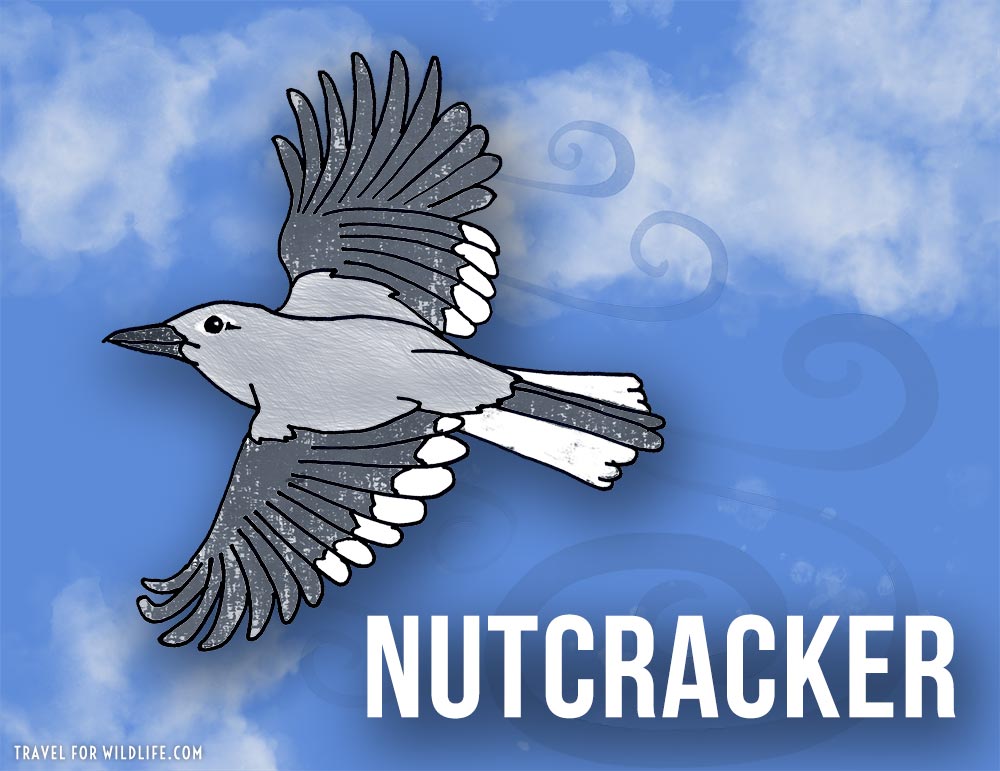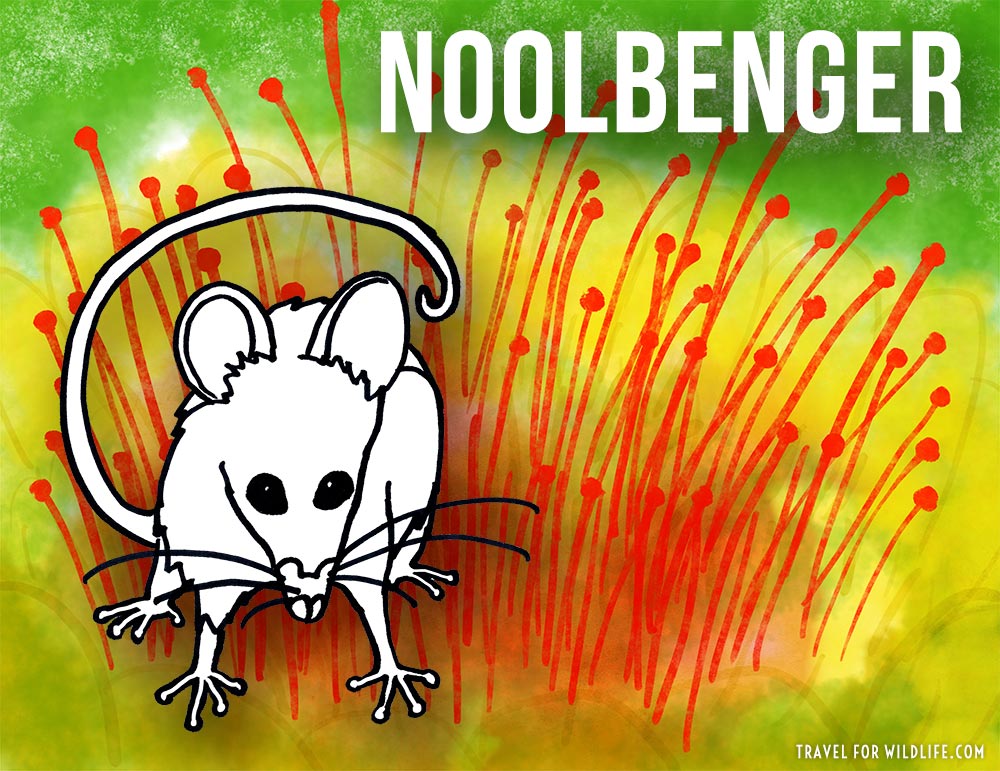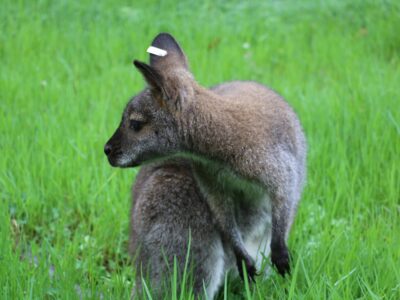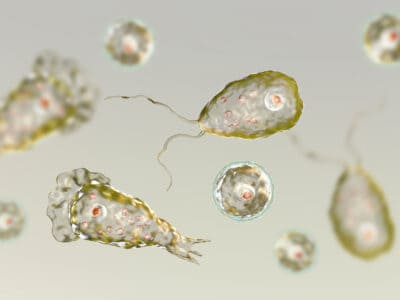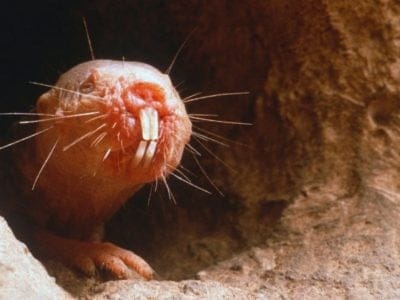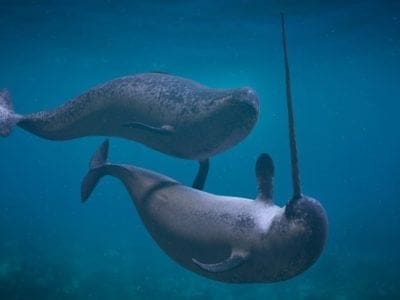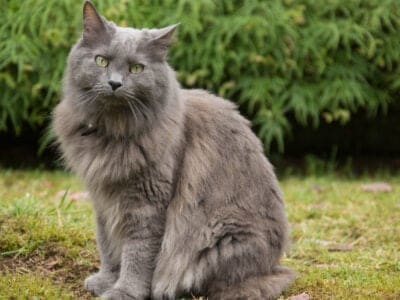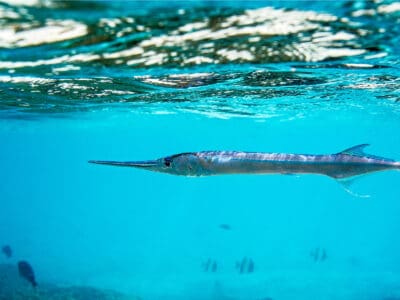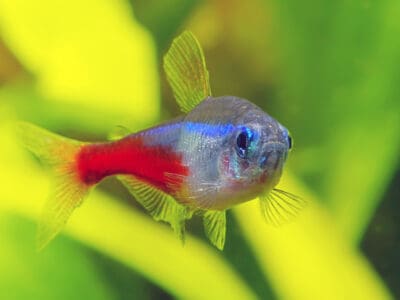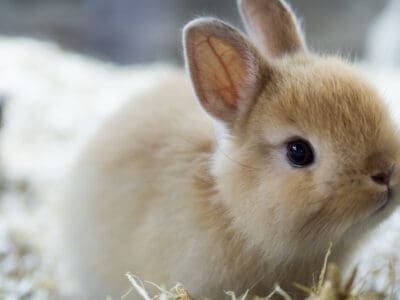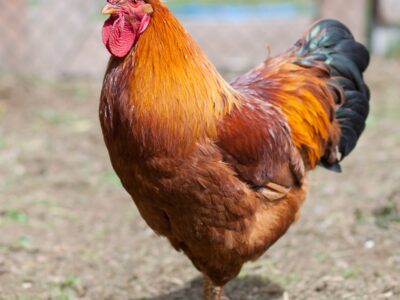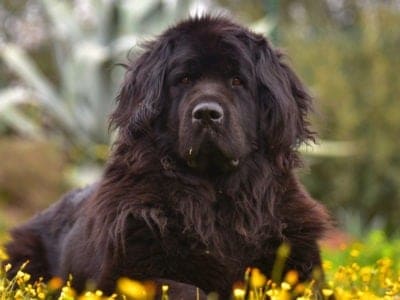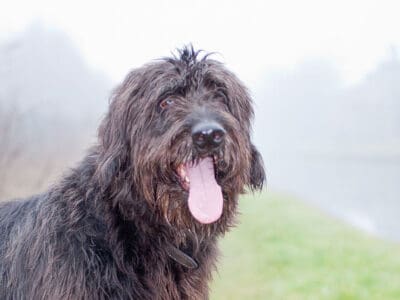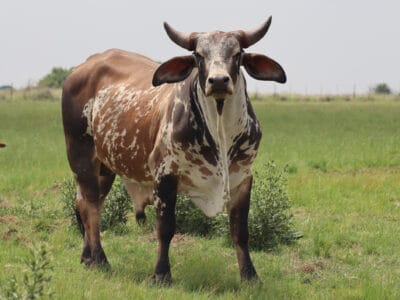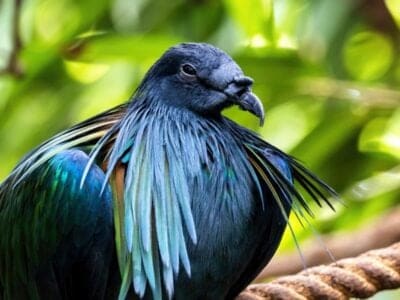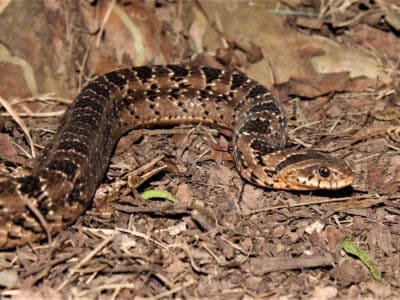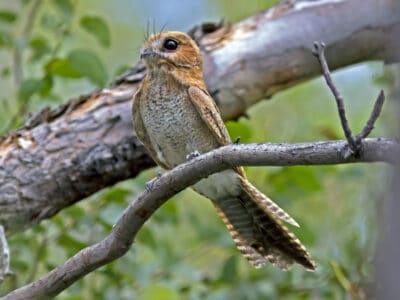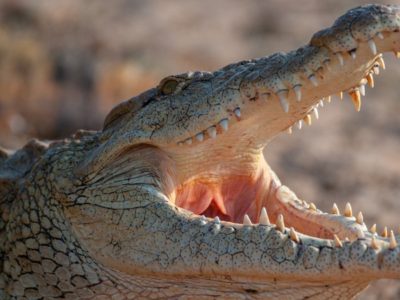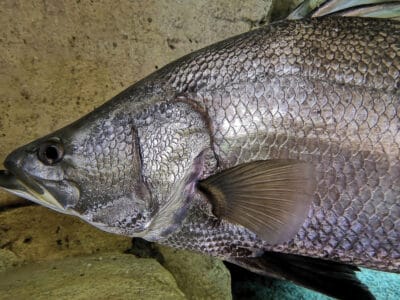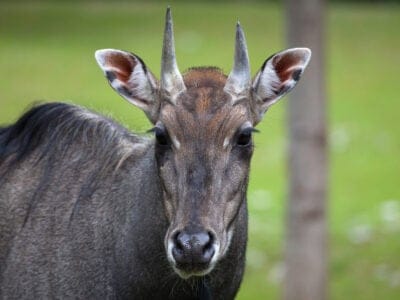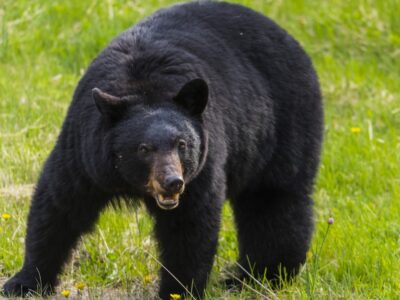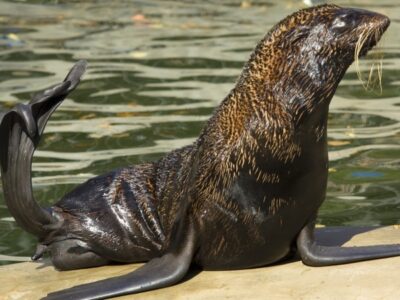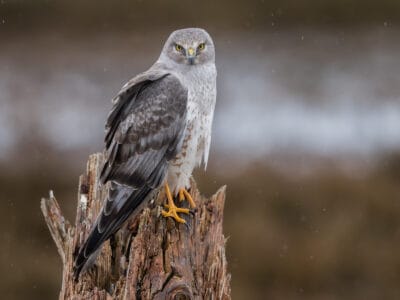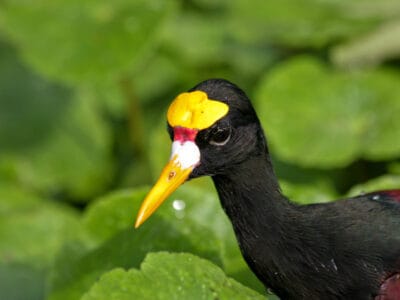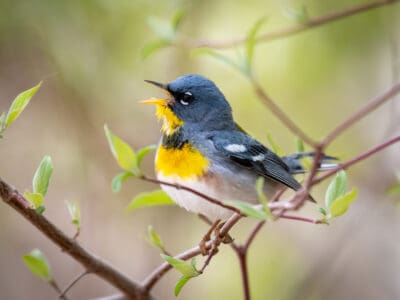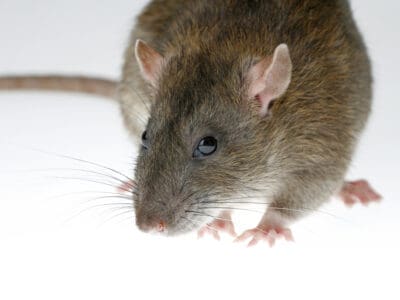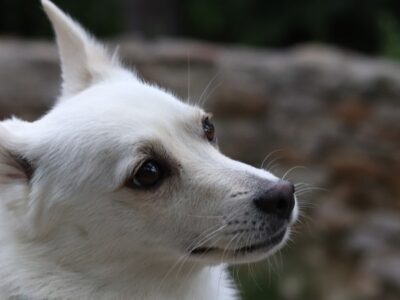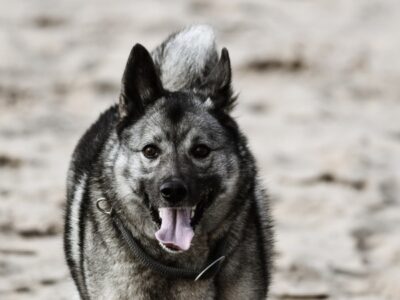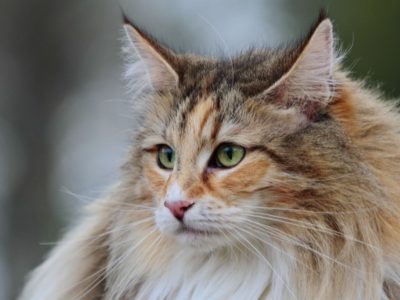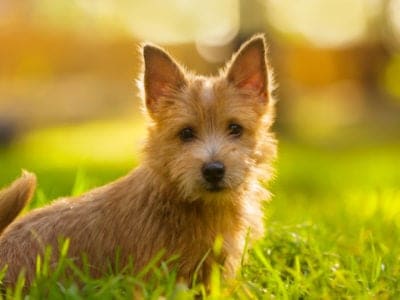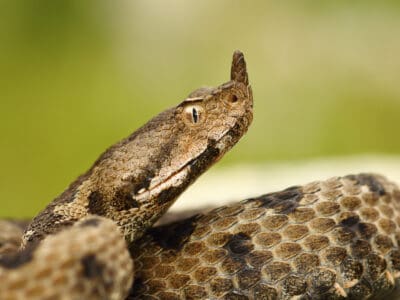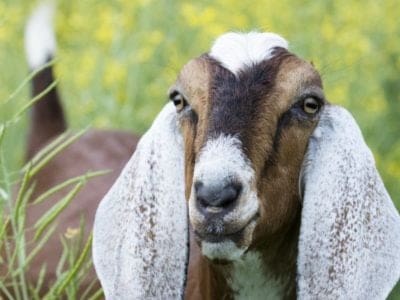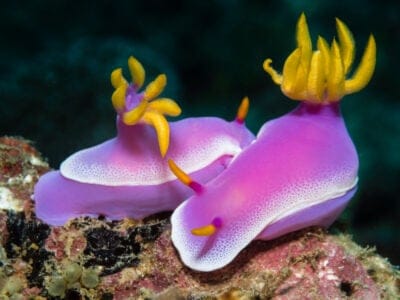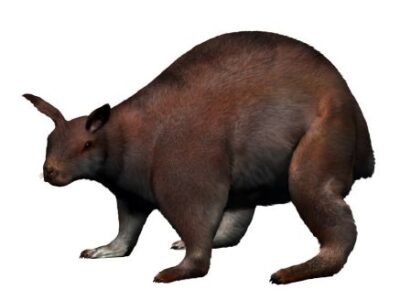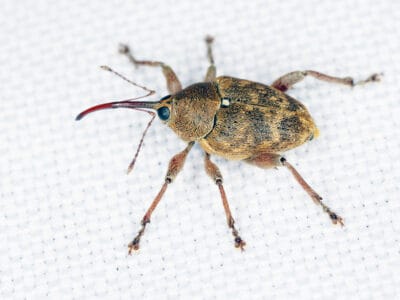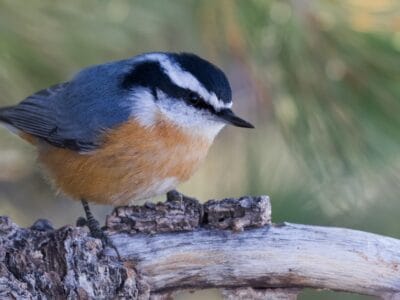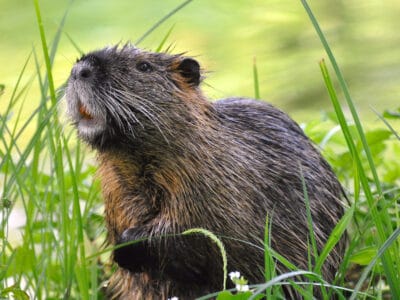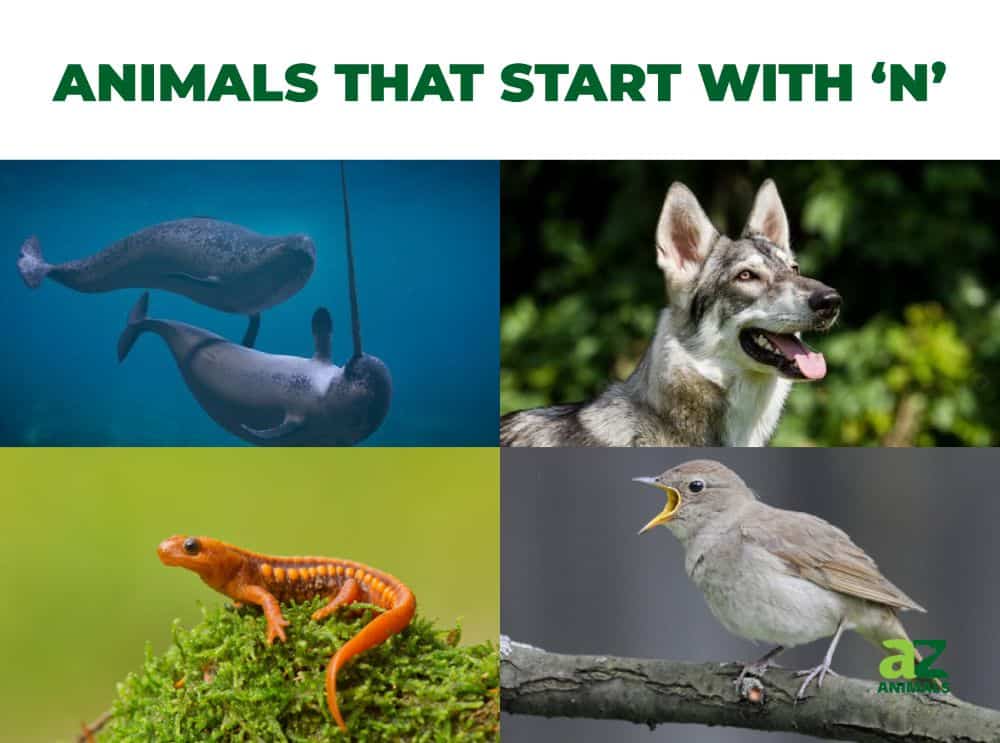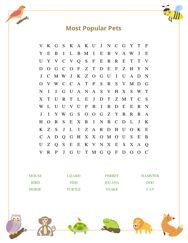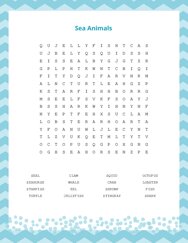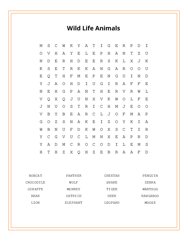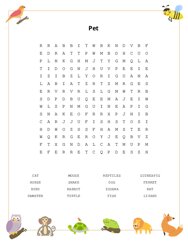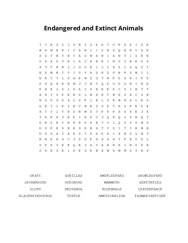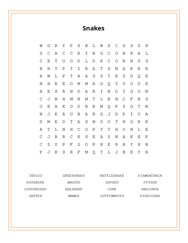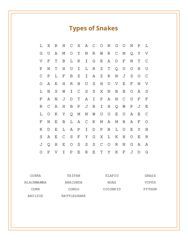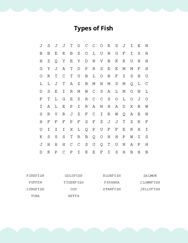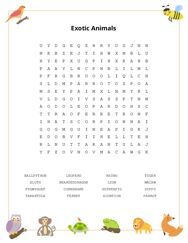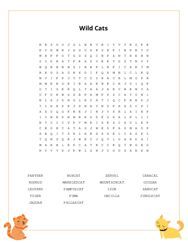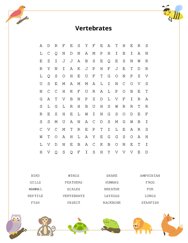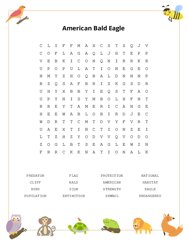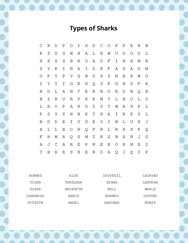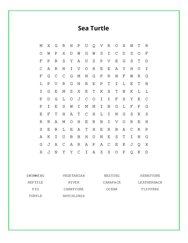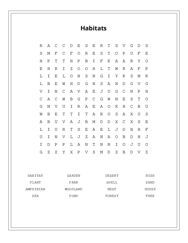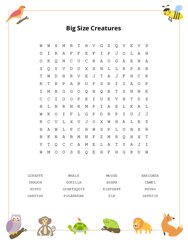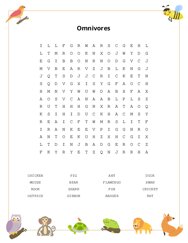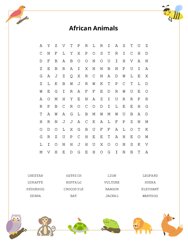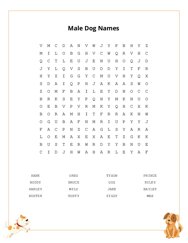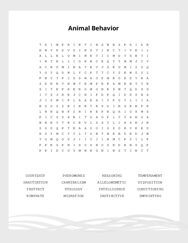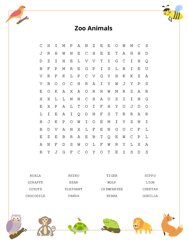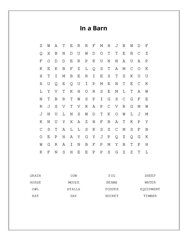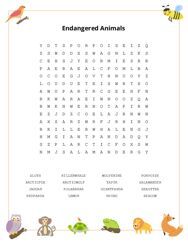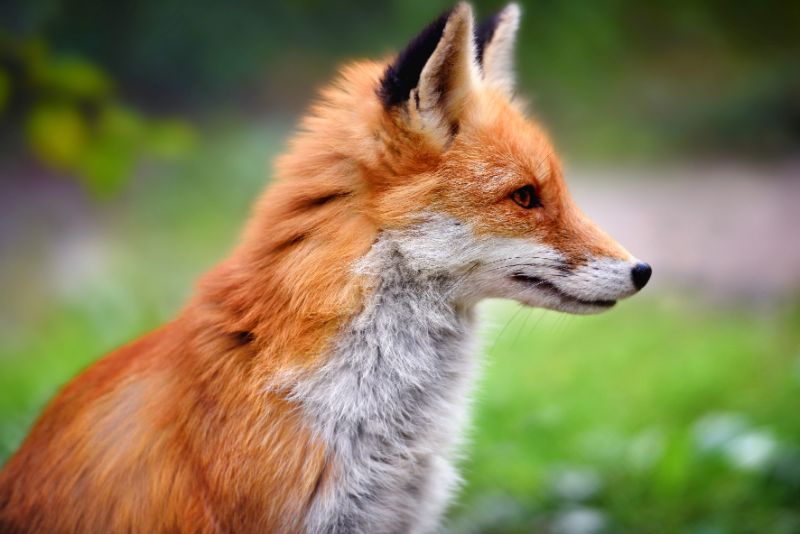Here’s a challenge for you. Try to think of any animals that start with n. Go ahead, I’ll wait. Can you do it? No? Most people can’t think of a single one!
I used to play the animal alphabet game a lot when I was a kid. (You know… I went on safari and I saw an Alligator, a Bear, a Camel, a Dugong, an Elephant… and the next person thinks of an F animal and so on.) But whenever it was time to think of animals that start with N, we were totally stumped. It was surprisingly difficult!
If you’re trying to make animal alphabet art you’re probably having the same problem finding interesting animals that start with n! No problem!
I’ve got the perfect list of cute animals that start with n! And if you want to go even deeper, check out our other post with over 700 multi-word names of Animals Beginning With n: the huge list! Still can’t think of any animals that start with n? Then read on and get ready to impress your friends and family.
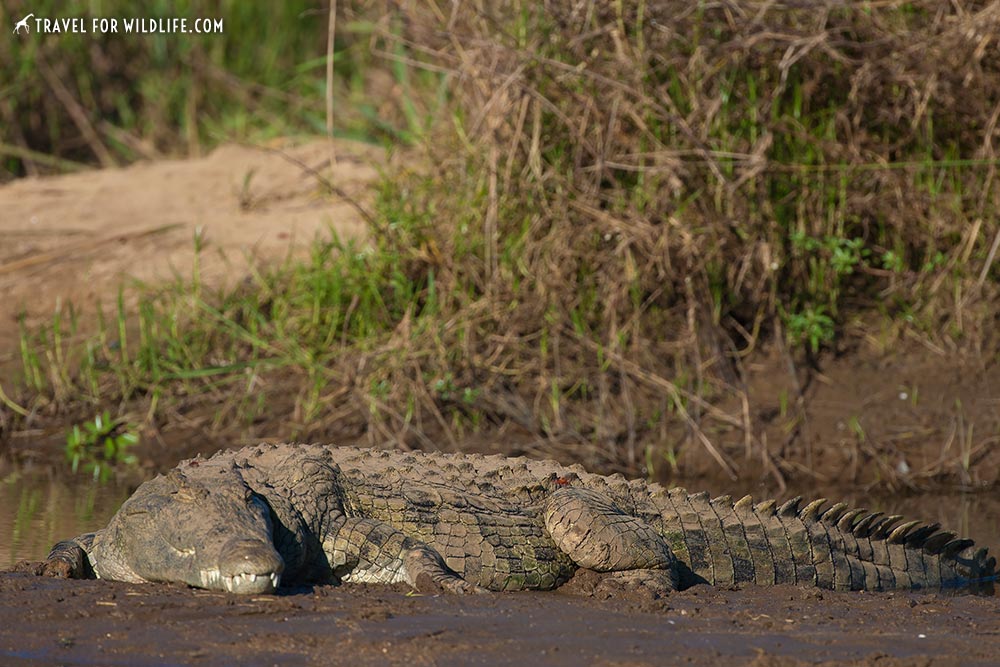
How We Chose Our List of Favorite Animals That Start With N
Before we get started, let’s lay down the ground rules. How did we choose the best animals that start with n? That’s easy! They’re all one-word animal names! That makes them the best choice for AZ animals lists and for the animal alphabet game.
We also only used common names of animals that start with n; no scientific names or Latin names. (Because those usually look like gobbledy gook.) If you’re ok with multi-word common names of animals that start with n, then check our other post: Animals Beginning With N: the Humongous List! That includes over 700 two-word, three-word (and more) names of animals that start with n, like the New Guinea Singing Dog and the Nile Crocodile!
Ready to begin? Let’s go! (and if you don’t feel like reading all the cool facts, then just watch this video!)
Animals That Start With N: the Video
37 Animals That Start With N: the List
1) Narwhal
This is my absolute favorite of all the animals that start with n. The Narwhal! (Monodon monoceros). It is a medium-sized whale that lives only in the cold waters of the high arctic. Its most recognizable feature is the spectacular spiral tusk that grows out of it’s head. This is actually a tooth that grows straight through the skin and can grow up to 9 feet long!
A narwhal’s tusk is a very sensitive instrument and is full of millions of nerve endings. New footage reveals that narwhals use the tusk to tap fish and stun them to catch them!
2) Nightingale
The common Nightingale (Luscinia megarhynchos) has inspired poets and writers for thousands of years with its beautiful and complex song. It makes appearances from Homer’s Oddyssey (8th Century BC), to Shakespeare, to John Keats’ “Ode to a Nightingale.”
Found across much of Europe and Asia, Nightingales are one of the few birds who sing at night (as well as during the day) which is what earned the common name, meaning “night singer”. This is one of the most popular animals that start with N in animal alphabet art!
3) Needlefish
Needlefish are a family of long, thin fishes that have a long beak full of sharp teeth (the Belonidae family). Some species grow up to four feet long!
I guess you could call it a needle-shaped fish with a mouth full of needles. Those sharp teeth may look a little scary but you’re more likely to get impaled by a needlefish than bitten by one. Needlefish live near the surface and often leap above the water to travel quickly. They get particularly excited around sources of artificial light at night and may accidentally “fly” straight into people on boats!
4) Newt
If you were able to think of any animals that start with n, it was probably the newt. Newts are amphibians in the salamander family, but there is a lot of confusion over what exactly a newt is because in some parts of the world “newt” and “salamander” are used interchangeably.
More technically, newts are a subfamily of the salamanders called Pleurodelinae. The crazy thing about newts is that they start life as an aquatic larva with gills, then metamorphosize into a juvenile terrestrial stage with lungs (called an eft), and then transform again back to an aquatic (or semi-aquatic) adult stage to reproduce!
The drawing below is a red-spotted newt in the terrestrial eft phase. And here’s a photo of one we saw in the Great Smoky Mountains, NC.
5) Nabarlek
The Nabarlek is a tiny wallaby found only in the extreme northwest corner of Australia. Also known as the Little Rock Wallaby, it is the second smallest member of the Macropodid family (kangaroos and wallabies) standing less than a foot tall and weighing less than 3 pounds! The Nabarlek (Petrogale concinna) spends most of its life hiding in rugged rocky landscapes and only emerges at night to feed on grasses.
The Nabarlek is the only marsupial in the world that can grow an unlimited number of molars! The molar teeth are continually worn down by its diet of abrasive grasses and are constantly replaced by a conveyor belt of new molars erupting from the back of the jaw. It is classified as an endangered species by the IUCN because it is rapidly disappearing across its range.
6) Nandu
While it is known locally in South America as the Nandu, (more correctly spelled Ñandú) people like me in the U.S. are probably more used to hearing it referred to as a Rhea. The Greater Rhea (Rhea americana) is the biggest bird in all the Americas. It’s almost as tall as me!
It’s also one of the largest birds in the world (after the ostrich, emu, and cassowary). Like those other huge birds, it cannot fly. The other two species of Ñandú: The Lesser Rhea (Rhea pennate) and Puna Rhea (Rhea tarapacensis) are a bit smaller but no less impressive. I saw some cool Ñandú crossing signs while driving around in Patagonia!
7) Nightfish
The Nightfish (Bostockia porosa) is an ambush predator who hunts only at night. But don’t get too nervous, it only grows to about the length of your hand (6 inches).
A member of the perch family, the Nightfish can only be found in freshwater streams, lakes, and ponds in coastal Southwestern Australia. It hunts other small fish, as well as crayfish and aquatic insects. You can find more info about the Nightfish on Fishes of Australia.
 Nautilus
Nautilus
I think this may rank as my second favorite of all the animals that start with n, the Nautilus! These guys are very special members of a very special group of animals: the Cephalopods (which includes the octopuses, squid, cuttlefish, and nautiluses).
Nautilus are basically living fossils because they have existed on the planet for more than 500 million years! They have empty chambers inside their spiral shell which are filled with an inert gas to maintain neutral buoyancy, and they swim around with jet propulsion!
On an unrelated note, if you try to search the scientific name of the Nautilus, you many accidentally end up listening to an 80’s Russian rock band by the same name: Nautilus pompilius.
9) Napu
The Napu (Tragulus napu) is a tiny ungulate found only in Southeast Asia. Standing barely a foot tall at the shoulder, it is ironically one of the largest members of its genus.
Also commonly known as the Greater Mousedeer, it is neither or mouse, nor a true deer. It is in fact a member of the Tragulidae family (comprising the 10 species of chevrotains and mouse-deer.)
Male Napu have no horns or antlers. Instead they have tusks: enlarged canines projecting down from the upper jaws. Perhaps they should be called Creepy Mini Vampire Deer instead?
10) Nightjar
The Nightjars comprise about 100 species of nocturnal and crepuscular birds in the family Caprimulgidae. They are masters of camouflage and, unlike most birds, will often perch lengthwise along a branch to blend in perfectly.
Nightjars are found around the world. We often see them flying up from the dirt roads during night drives in South Africa. And right here in our own back yard in North Carolina we hear the call of an American nightjar species: the Eastern Whip-poor-will.
Here is a nice collection of North American Nightjar species and their beautiful calls, on Audubon.
11) Nalolo
The Nalolo is a tiny fish found in coral reefs of the western Indian Ocean, growing to only 2.5 inches long. The Nalolo (Ecsenius nalolo) is a member of the Combtooth Blennies family, meaning it has a row of tiny comb-like teeth in its mouth! Like other blennies, they rest on the bottom and “walk” on their pectoral fins.
12) Nematode
It’s a little unfair to refer to the Nematode as an animal when in fact nematodes are a group of many thousands of different species of animals. In fact, nematodes (also known as roundworms) are probably the most numerous multi-cellular animals on the entire planet in terms of both biomass and number of species.
The Nematodes represent an entire phylum of the animal kingdom: Nematoda. Most are parasites of other animals, including the delightful Old World Hookworm (Ancylostoma duodenale) which I have illustrated below. You might find this little fellow (about half an inch long) living inside your small intestines!
13) Ningaui
Although it may look like like a little rodent, the Ningaui is a tiny carnivorous marsupial found only in Australia. There are three species: the Wongai Ningaui (Ningaui ridei) the Pilbara Ningaui (Ningaui timealeyi), and the Southern Ningaui, (Ningaui yvonneae).
Amazingly, these secretive little animals were not even discovered until 1975! Weighing less than 10 grams (smaller than a mouse) they are voracious predators of insects, attacking them with their sharp teeth. They are named after tiny hairy creatures from Aboriginal mythology that only come out at night.
14) Nënë
The Nënë is a beautiful goose that lives only on the Hawaiian islands. Also known as the Hawaiian Goose (Branta sandvicensis), the Nënë had nearly gone extinct by 1950 due to extensive habitat loss and predation on nests by non-native animals like cats, dogs, pigs, rats, and the small Indian mongoose.
It is now the world’s rarest goose. Thankfully an intensive conservation effort has been underway for several decades. In 1999 there were less than a thousand but by 2011 there were 2,500. The wild population is still heavily dependent on releases from a captive breeding program.
15) Nase
The name Nase usually refers to the Common Nase (Chondrostoma nasus). But Nase is also sometimes used to refer to any of 20 fish species in its genus Chondrostoma.
In Ancient Greek, Chondrostoma means lump mouth, which may refer to its strange bumpy rasping teeth. The common name Nase derives from the German word for nose, referring to the funny protrusion of the Nase’s upper jaw past its mouth.
The Common Nase is found in European rivers around the Black Sea, the Baltic Sea, and the North Sea.
16) Noddy
Noddies are seabirds that are closely related to gulls and terns and dippers. Like the dippers, the Noddies catch fish by flying over the surface of the ocean and dipping their bill into the water.
There are five species of Noddy in the genus Anous: Brown, Black, Lesser, Blue, and Gray Noddy. The Brown Noddy (Anous stolidus), which I’ve drawn in the illustration below, is found in tropical oceans around the world and nests in large noisy colonies.
17) Natterjack
The Natterjack is a toad found across much of Western Europe. The Natterjack Toad (Epidalea calamita) prefers sandy coastal dunes and heath lands. It is easily identified by the yellow stripe running down the center of its back. It is said that the common name refers to the loud call (or natter) that the toads make during mating season.
18) Noctule
The Common Noctule (Nyctalus noctula) is a mid-sized bat found across much of Europe and parts of Asia. The name Noctule is also sometimes used to refer to any of the 8 species of bats in the genus Nyctalus.
In summer, Noctule bats feed on large moths and beetles over forests and wetlands. In winter they hibernate inside rock caves or in human-built structures. They are the most common bat found in many Eastern European cities!
19) Nunlet
Nunlets are South American puffbirds in the genus Nonnula. There are 6 species but the one I’ve drawn here is the adorable little Brown Nunlet which is found only in a tiny range in Western Amazonia.
20) Nurseryfish
The Nurseryfish (Kurtus gulliveri) has an unusual reproductive strategy. The male grows a hook on his forehead which he uses to carry a cluster of eggs! Females do not grow the hook. This bizarre technique is called forehead brooding. It is thought that this may be an adaptation to the low oxygen levels and high turbidity of the waters in the swamps and estuaries where they live in Southern New Guinea and Northern Australia.
The name nurseryfish is also sometimes used to refer to the other member of its genus, the Indian Humpnead (Kurtus indicus). The males of this species also grows a forehead hook but it is too small to be used for forehead brooding.
21) Nudibranch
Definitely in my top five favorite animals that start with n! Nudibranchs are a diverse group of more than 2,300 species of ridiculously colorful sea slugs (gastropods).
These bizarre mollusks have no shell like other marine snails, but they do come in every imaginable shape and color. The name Nudibranch (pronounced NEW-dih-brank) means naked gills, referring to the exposed gills that most carry on their backs. The beautiful fellow I’ve drawn here is Chromodoris elisabethina.
To see some of our favorite nudibranch encounters in the wild, check out our article about Nimmo Bay in British Columbia, which includes a crazy underwater time-lapse I shot of hooded nudibranchs in action!
22) Nilgai
The Nilgai (Boselaphus tragocamelus) is an Indian species of wild cattle also known as the Blue Bull. The name Nilgai means blue cow in Hindi (nil=blue, gai=cow).
This large antelope is so numerous in some parts of India that it is considered an agricultural pest. The Nilgai is one of the favorite foods of the last remaining Asiatic Lions in India (see What Do Lions Eat?). The rather tiny horns are only grown by males.
23) Nighthawk
The Common Nighthawk (Chordeiles minor) is a cryptically colored nocturnal bird that is almost impossible to see in the day. It blends perfectly with its environment. You can tell they’re nocturnal by those huge eyes for seeing in the dark!
Nighthawk may also refer to any of the other members of its subfamily Chordeilinae (aka the Nighthawks). The nighthawks are a part of the Nightjar family (Caprimulgidae) listed above as number 10. There are 6 species of Nighthawks found in the Americas.
24) Noodlefish
Noodlefish are a group of fish species belonging to the Salangidae family. The common name makes perfect sense when you see their long thin bodies and nearly transparent, scaleless skin. These small freshwater fishes are found in south and Southeast Asia where they are a popular food item. There’s no denying that the Chinese Noodlefish (Salanx chinensis) looks a lot like noodles when cooked in a pan.
25) Nightcrawler
This is one of the animals that start with n that everybody seems to know. The Nightcrawler! (Lumbricus terrestris) I clearly remember wandering around as a child at night with a flashlight in search of these big slimy beasts making their nightly foraging rounds.
These huge earthworms go by different common names in various parts of the world, like lob worm, dew worm, or grandaddy earthworm. But here in the U.S. we call them nightcrawlers. In 2016 one was discovered in the UK that was a whopping 16 inches long and then another over 24 inches!
Unlike most earthworms, nightcrawlers come to the surface to feed on plant matter rather than burrowing through the soil for food.
26) Nyala
The Nyala is a beautiful antelope native to Southern Africa. The Nyala (Tragelaphus angasii) shows the greatest sexual dimorphism (difference between the sexes) of any of the spiral-horned antelopes.
Females and young males start out with a bright rusty orange coat with white stripes and dots. But adult males grow much larger and develop a dark shaggy brown coat tinged with black (like the one I’ve drawn below). Only the males grow the elegant spiral horns.
Nyalas are shy and prefer dense cover, making them one of the more difficult large antelope to spot on a South African safari, but we’ve managed to see quite a few during our visits.
27) Nicator
I know, Nicator sounds like the perfect name for an evil cartoon robot who is addicted to cigarettes, but in fact, Nicator refers to a family of songbirds in Africa, the Nicatoridae. There are only 3 species: the Western Nicator (Nicator gularis), the Eastern Nicator (Nicator gularis), and the Yellow-throated Nicator (Nicator vireo).
While the name Nicator is derived from the Greek word for conqueror, not a single one of these birds is a super-villain addicted to nicotine.
28) Numbray
The Numbray (Narke dipterygia) is the most shocking of all the animals that start with n. Literally. If you try to touch one then you’re in for a jolt. This ray can emit a powerful electric shock! Hence the name numb-ray, meaning it will make your arm go numb. (yet another reason why you shouldn’t touch wildlife)
Also known as the Spottail Sleeper Ray, the Numbray is native to Australia and hides in the sand before ambushing its prey, wrapping around it, shocking it, and then swallowing it whole with a large expandable mouth. Here is a crazy video of a numbray attacking an octopus!
29) Nunbird
Much like the Nunlet above, the Nunbirds are group of puffbirds in the genus Monasa. While I can find no reference to the origin of the name Nunbird, I’m guessing it refers to the White-fronted Nunbird (which I’ve drawn below) because it has shiny dark black feathers with a bright white area around the beak to complete the nun’s “habit”. There are four species of Nunbirds in Central and South America.
30) Numbat
The Numbat (Myrmecobius fasciatus) is another of my top five animals that start with n. First of all, that’s just a fun name to say. Secondly, it’s a fascinating creature.
This Australian marsupial has evolved to fill the same niche as the anteaters on other continents. In fact, it’s other common names are the marsupial anteater and banded anteater. And, like the “true” anteaters in the Americas, it has an extremely long tongue and primarily feeds on termites.
It is an endangered species and according to the IUCN there are less than a thousand mature Numbats left in the wild. Numbats are the emblem mammal of Western Australia and conservation efforts led by the Numbat Recovery Team are managing reintroductions to help bring this awesome little creature back from the brink.
31) Neddicky
Also know as the Piping Cisticola, the Neddicky (Cisticola fulvicapilla) is a robin-sized song bird found only in Central and Southern Africa. Though it is drably colored, it does wear a sporty rusty-red cap. Neddickies build a really cool ball-shaped nest out of spiderwebs and dry grasses, with a small circular entrance on the side. Kind of like a hobbit hole!
32) Nkupe
The Nkupe is a freshwater fish that lives in large swift-flowing rivers and lakes of Southern Africa. A popular game fish amongst fishermen, the Nkupe (Distichodus mossambicus) can grow to a weight of about 16 pounds! In Nyanja (the local Bantu language where this fish lives around Malawi) Nkupe means copy, but I have no idea what this fish might be a copy of? Maybe a Stegosaurus?
33) Nutria
The Nutria (Myocastor coypus) is a large aquatic rodent native to South America. There it is commonly referred to as the Coypu.
In the late 1930’s a small group of about 20 Nutria were brought to Louisiana for fur farming. Somehow they escaped and within 2 decades their population exploded to about 20 million individuals.
The same story repeated itself in other wetland areas of the U.S. Now they are considered an invasive species in the United States because their voracious appetite for succulent roots has decimated thousands of acres of wetlands. Through no fault of their own, they are now the subject of mass extermination efforts.
If you’re interested in the fascinating and sad story of how this South American rodent ended up in the United States check out the wonderfully researched and written book Swamp Rat: The Story of Dixie’s Nutria Invasion.
34) Nuthatch
This is one of the only animals that start with N that I’m likely to see in my own yard. The rubber-ducky call of the tiny Brown-headed Nuthatch is especially cute. The name Nuthatch refers to any of 28 species in the family Sittidae.
They can be found across North America and Eurasia. The species I’ve drawn below, which is also a frequent visitor to my backyard, is the White-breasted Nuthatch (Sitta carolinensis) in its customary position: clinging upside-down to the bark of a tree.
35) Numbfish
Much like the Numbray listed above, the Numbfishes are a family of electric rays (Narcinidae) found in warm tropical waters around most of the world. The one I’ve drawn below is the the Tasmanian Numbfish (Narcine tasmaniensis).
Like other electric rays it possesses a pair of large electric organs that are positioned on each side of the head. It can defend itself from predators by discharging a moderate electric shock. Zap!
36) Nutcracker
Nutcrackers are members of the Corvid family (along with crows & jays). They include 3 species in the genus Nucifraga: Clark’s, Spotted, and Large-Spotted. The one I’ve drawn below is the Clark’s Nutcracker that lives high in the Rocky Mountains of the US and Canada.
They use their thick bills to tear open pine cones and retrieve the seeds, which they carry in a pouch under their tongue and then bury elsewhere for the winter. A Nutcracker may bury more than ten thousand seed each summer and can remember where most of them are! The ones they forget play an important role in regenerating pine forests!
37) Noolbenger
What do you get when you add a pointy nose, a prehensile tail, a super long tongue, and tarsier feet to a tiny hyperactive marsupial that only eats flower nectar? The Noolbenger!
Number five on my top five list of favorite animals that start with n! The Noolbenger (Tarsipes rostratus) is so different from other marsupials that it gets its very own family called the Tarsipedidae.
Found only in the extreme southwest corner of Australia, this tiny creature is the only truly nectarivorous marsupial on the planet. While its other common name is the Honey Possum, it is not actually a possum, nor does it eat honey. Rather it survives entirely on flower nectar and pollen.
The mouse-sized Noolbenger weighs no more than 10 grams but can drink up to 7 ml of nectar a day! According to Bush Heritage Australia, this would be like a human drinking 50 liters of soda a day! Much like a hummingbird, the Noolbenger’s extra-long bristly tongue moves rapidly in and out of its mouth to lap up nectar about three times per second.
And also like hummingbirds they are important pollinators for many flower species. Unlike most mammals, it doesn’t use claws for climbing but instead depends on expanded finger tips to grasp branches like a primate.
In fact its family name Tarsipededidae refers to the resemblance of its feet to the Tarsier, a primitive primate. I love the Noolbenger!
Read this next: Animals Beginning With N: The Humongous List
For reference, here’s a quick summary of all these animals that start with n, divided into categories with brief descriptions. (Plus my top 5 favorite animals that start with n!)
My Top 5 Favorite Animals That Start With N
- Narwhal
- Nautilus
- Nudibranch
- Numbat
- Noolbenger
Animals That Start With N: Mammals
- Narwhal (Monodon monoceros), an Arctic whale.
- Numbat (Myrmecobius fasciatus), an Australian marsupial anteater.
- Nutria (Myocastor coypus), a South American aquatic rodent, aka Coypu.
- Nyala (Tragelaphus angasii), an African antelope.
- Nabarlek (Petrogale concinna), an Australian marsupial, aka Little Rock Wallaby.
- Noolbenger (Tarsipes rostratus), an Australian marsupial, aka Honey Possum.
- Nilgai (Boselaphus tragocamelus), an Indian antelope, aka Blue Bull.
- Ningaui, tiny Australian marsupials in the genus Ningaui: Wongai, Pilbara, & Southern Ningaui.
- Noctule (Nyctalus noctula), a Eurasian bat, aka Common Noctule, or one of 8 species of bats in the genus Nyctalus.
- Napu (Tragulus napu), a Southeast Asian ungulate, aka Greater Mouse Deer.
Animals That Start With N: Birds
- Nightingale (Luscinia megarhynchos), a Eurasian song bird.
- Nene (Nënë) (Branta sandvicensis), an endangered Hawaiian goose.
- Nighthawk (Chordeiles minor) a nocturnal bird, aka Common Nighthawk.
- Neddicky (Cisticola fulvicapilla), an African song bird, aka Piping Cisticola.
- Nightjar about 100 species of nocturnal birds in the family Caprimulgidae.
- Nutcracker 3 species in the genus Nucifraga: Clark’s, Spotted, & Large-spotted Nutcracker.
- Nicator genus of songbirds in Africa. 3 species: Western, Eastern, Yellow-throated.
- Noddy tropical seabirds in the genus Anous, 5 species: Brown, Black, Lesser, Blue, Gray.
- Nunbird Central and South American puffbirds in the genus Monasa, 4 species.
- Nunlet South American puffbirds in the genus Nonnula, 6 species.
- Nuthatch clinging birds of the genus Sitta, 28 species in North America and Eurasia.
- Nandu 3 species of large flightless birds in South America, aka Rhea.
Animals That Start With N: Amphibians
- Newt salamanders in the subfamily Pleurodelinae.
- Natterjack (Bufo calamita), a European toad.
Animals That Start With N: Fish
- Needlefish tropical saltwater fish belonging to the Belonidae family.
- Nalolo (Ecsenius nalolo), a Combtooth Blenny.
- Nase (Chondrostoma nasus), a European freshwater fish.
- Nightfish (Bostockia porosa), a freshwater perch in Southern Australia.
- Nkupe (Distichodus mossambicus), a freshwater fish in Central/Southern Africa.
- Noodlefish freshwater fish belonging to the Salangidae family in Eastern Asia.
- Numbray (Narke dipterygia), an electric ray in Australia, aka Spottail Sleeper Ray.
- Numbfish tropical electric rays in the Narcinidae family.
- Nurseryfish (Kurtus gulliveri) brackish-water fish in northern Australia & New Guinea.
Invertebrate Animals That Start With N
- Nautilus (Nautilus pompilius), a cephalopod with a chambered spiral shell.
- Nudibranch one of more than 2,300 species of colorful sea slugs (gastropods).
- Nightcrawler (Lumbricus terrestris), a large earthworm.
- Nematode roundworms belong to the phylum Nematoda.
Did you enjoy our illustrated list of animals that start with N? Pin it!
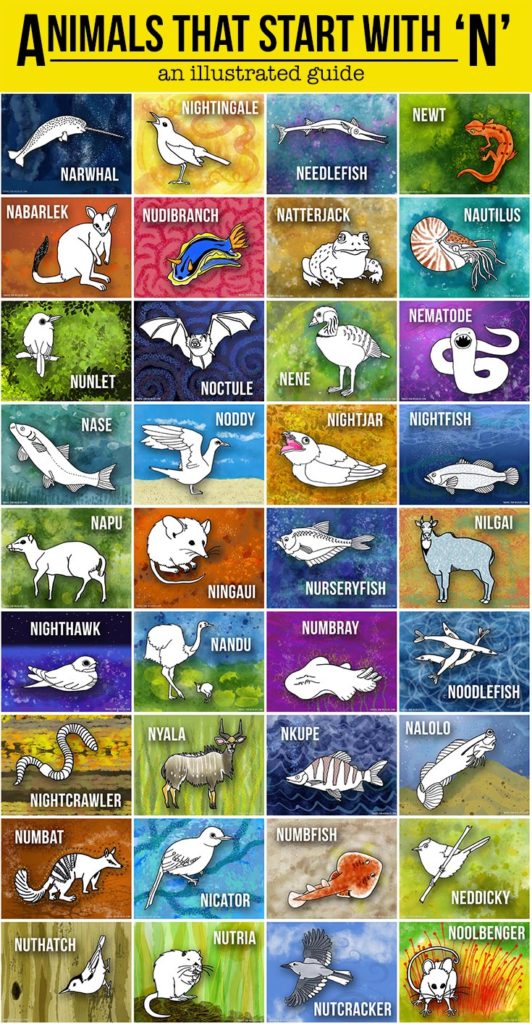
If you enjoyed out list of animals that start with n, please pin it on Pinterest!

Hal Brindley
Brindley is an American conservation biologist, wildlife photographer, filmmaker, writer, and illustrator living in Asheville, NC. He studied black-footed cats in Namibia for his master’s research, has traveled to all seven continents, and loves native plant gardening. See more of his work at Travel for Wildlife, Truly Wild, Our Wild Yard, & Naturalist Studio.
Read below for information on 61 different animals that start with the letter N, from Neanderthal to nurse sharks. The most popular animal that starts with the letter N are Numbats. It is believed there are only 1,500 remaining in the wild. The least popular N animal is the nightingale, a vocal bird species known for its early morning song. Some fun facts about letter N name animals are:
- Newts can regrow damaged or lost limbs
- Nurse sharks are largely docile and non threatening to humans
- Due to extensive conservation efforts, north american black bears are one of only two bear species not listed on IUCN’s endangered species list
Jump to any letter
- A
- B
- C
- D
- E
- F
- G
- H
- I
- J
- K
- L
- M
- N
- O
- P
- Q
- R
- S
- T
- U
- V
- W
- X
- Y
- Z
List of Animals That Start with N
- Nabarlek
- Naegleria
- Naked Mole Rat
- Narwhal
- Natterjack
- Nautilus
- Neanderthal
- Neapolitan Mastiff
- Nebelung
- Needlefish
- Nelore Cattle
- Neon Tetra
- Neptune Grouper
- Netherland Dwarf Rabbit
- New Hampshire Red Chicken
- Newfoundland
- Newfypoo
- Newt
- Nguni Cattle
- Nicobar pigeon
- Nigerian Goat
- Night Adder
- Night Heron
- Night Snake
- Nightingale
- Nightjar
- Nile Crocodile
- Nile Perch
- Nilgai
- No See Ums
- Norfolk Terrier
- Norrbottenspets
- North American Black Bear
- Northern Alligator Lizard
- Northern Cardinal
- Northern Flicker
- Northern Fur Seal
- Northern Harrier
- Northern Inuit Dog
- Northern Jacana
- Northern Parula
- Northern Potoo
- Northern Screamer
- Northern Water Snake
- Norway Rat
- Norwegian Buhund
- Norwegian Elkhound
- Norwegian Forest
- Norwegian Lundehund
- Norwich Terrier
- Nose-Horned Viper
- Nova Scotia Duck Tolling Retriever
- Nubian Goat
- Nudibranch
- Numbat
- Nuralagus
- Nurse Shark
- Nut Weevil
- Nuthatch
- Nutria
- Nyala
Animals that Start with N
Nabarlek
- Kingdom
- Animalia
- Phylum
- Chordata
- Class
- Mammalia
- Order
- Diprotodontia
- Family
- Macropodidae
- Genus
- Petrogale
- Scientific Name
- Petrogale concinna
Fun Fact: Nabarleks have teeth like a shark, with new molars continuously emerging from the back.
Nabarleks have teeth like a shark, with new molars continuously emerging from the back! The nabarlek, also known as the pygmy rock-wallaby or little rock-wallaby, is a tiny member of the Macropodidae family. It is a relative of kangaroos, wallabies, tree-kangaroos, quokkas, and several other marsupial species native to Australia. Nabarleks are an endangered species, […] Read More
Naegleria
- Kingdom
- Animalia
- Order
- Schizopyrenida
- Family
- Vahlkampfiidae
- Genus
- Naegleria
- Scientific Name
- Naegleria fowleri
Fun Fact: Causes primary amoebic meningoencephalitis
Summary Also known as the “brain-eating amoeba,” Naegleria fowleri is a pathogenic, bacteria-eating microorganism. Part of the genus Naegleria, it technically does not classify as a true amoeba but rather as a free-swimming amoeboflagellate. First discovered in 1965, it can cause primary amoebic meningoencephalitis (PAM), a rare and incredibly deadly brain infection. You can find […] Read More
Naked Mole Rat
- Kingdom
- Animalia
- Phylum
- Chordata
- Class
- Mammalia
- Order
- Rodentia
- Family
- Heterocephalidae
- Genus
- Heterocephalus
- Scientific Name
- Heterocephalus glaber
Fun Fact: Naked mole rats don’t get cancer
“A Naked Mole Rat is the world’s weirdest land animal.” One of the amazing things about life on earth is that it takes many forms, even if those forms are weird to the human eye. One of the weirdest types of land animals must be a creature called the naked mole rat. It is a […] Read More
Narwhal
- Kingdom
- Animalia
- Phylum
- Chordata
- Class
- Mammalia
- Order
- Cetacea
- Family
- Monodontidae
- Genus
- Monodon
- Scientific Name
- Monodon monoceros
Fun Fact: Lives and hunts in the frigid Arctic!
With its massive tusk, the narwhal has rightly earned the nickname of the unicorn of the sea. Narwhals are animals that roam the cold waters of the Arctic Ocean and Northern Atlantic in search of prey. They sometimes surface for oxygen in larger groups, allowing tourists and any other passerby to take in a captivating […] Read More
Natterjack
- Kingdom
- Animalia
- Phylum
- Chordata
- Class
- Amphibia
- Order
- Anura
- Family
- Bufonidae
- Genus
- Epidalea
- Scientific Name
- Epidalea calamita
Fun Fact: Can lay up to 7500 eggs
“A natterjack toad can lay up to 7500 eggs in a single clutch” The natterjack toad is native to Europe. It looks a lot like a common toad with the exception of a vertical yellow line on its back. It’s carnivore eating woodlice, worms, and spiders. These amphibians are active at night looking for prey. […] Read More
Nautilus
- Kingdom
- Animalia
- Phylum
- Mollusca
- Class
- Cephalopoda
- Order
- Nautilida
- Family
- Nautilidae
- Genus
- Nautilus
- Scientific Name
- Nautilus pompilius
Fun Fact: Living fossils that evolved over 500 million years ago
Summary Named after the Ancient Greek word for sailor, the nautilus is a marine mollusk in the family Nautilidae. A close relative of the octopus, squid, and cuttlefish, the nautilus is a living fossil whose ancestors evolved nearly 500 million years ago. These deep-dwelling scavengers navigate using jet propulsion and a complicated system of chambers […] Read More
Neanderthal
- Kingdom
- Animalia
- Phylum
- Chordata
- Class
- Mammalia
- Order
- Primates
- Family
- Hominidae
- Genus
- Homo
- Scientific Name
- Homo Sapiens Neanderthalensis
Fun Fact: Roamed Asia and Europe for around 100,000 years!
Although Neanderthals were at the top of the food chain, their demise was likely hastened by a newcomer on the scene: modern humans. Neanderthals, the oldest extinct relatives to humans, existed between 400,000 and 40,000 years ago. From the time the first Neanderthal fossils were discovered in 1829, the relationships between these hominids and that […] Read More
Neapolitan Mastiff
- Kingdom
- Animalia
- Phylum
- Chordata
- Class
- Mammalia
- Order
- Carnivora
- Family
- Canidae
- Genus
- Canis
- Scientific Name
- Canis lupus
Fun Fact: Fearless and extremely protective of it’s home!
Neapolitan Mastiff is a sizeable dog, finding its place in many moments in history. The floppy and wrinkled pup may not seem that agile, but they are fairly confident, quick, and active. They love being lapdogs, though they have a hard time grasping that they aren’t as small as they were as puppies. These dogs […] Read More
Nebelung
- Kingdom
- Animalia
- Phylum
- Chordata
- Class
- Mammalia
- Order
- Carnivora
- Family
- Felidae
- Genus
- Felis
- Scientific Name
- Felis Catus
Fun Fact:
“In German, the word Nebelung means ‘creature of the mist’.” Nebelung Traits: What to Know Before You Buy Although they are recognized by TICA as their own breed, Nebelung cats are essentially longer-haired Russian blues. They have the Russian blue cat’s coat color of blue-gray with silver tips, but with medium-long strands of a double […] Read More
Needlefish
- Kingdom
- Animalia
- Phylum
- Chordata
- Class
- Actinopterygii
- Order
- Beloniformes
- Family
- Belonidae
- Genus
- Platybelone
- Scientific Name
- Platybelone argalus
Fun Fact: no stomach to digest food
Needlefish are one of the odder inhabitants of the oceans, given their looks and behavior. The name of the needlefish comes from its jaws containing numerous sharp teeth and thin, elongated bodies, which resemble North American freshwater gars. In the wild, needlefish live in social groups and will migrate between adjacent areas like the Atlantic […] Read More
Nelore Cattle
Fun Fact: Nelore cattle make up about 65% of the total world beef-producing population!
Nelore cattle make up about 65% of the total world beef-producing population! Summary This Brazilian cattle breed descended from the Ongole cattle breed, which was originally from India. Their main use is for meat and milk production, but they are also used for draft and riding animals. Nelore is a widespread breed, accounting for more […] Read More
Neon Tetra
- Kingdom
- Animalia
- Phylum
- Chordata
- Class
- Actinopterygii
- Order
- Characiformes
- Family
- Characidae
- Genus
- Paracheirodon
- Scientific Name
- Paracheirodon innesi
Fun Fact: Neon Tetras are very social and peaceful fish.
The Neon tetra (Paracheirodon innesi) is one of the most popular tropical fish in the world. These small fish are native to clearwater and blackwater streams located in the Amazon basin in South America. This fascinating fish has a bright and reflective coloration that makes them a common choice as a pet for tropical fish […] Read More
Neptune Grouper
- Kingdom
- Animalia
- Phylum
- Chordata
- Class
- Actinopterygii
- Order
- Perciformes
- Family
- Serranidae
- Genus
- Cephalopholis
- Scientific Name
- Cephalopholis igarashiensis
Fun Fact: The largest recorded specimen ever caught was 17″ long
The Neptune grouper is a rare, hard-to-catch marine species of ray-finned fish. The Neptune grouper lives mainly in the deep waters of the Western Pacific Ocean and among the coral reefs of the Indo–Pacific. The price of the fish ranges between $6,000-8,000. It is known in Asia for its bright red and yellow patterns and […] Read More
Netherland Dwarf Rabbit
- Kingdom
- Animalia
- Phylum
- Chordata
- Class
- Mammalia
- Order
- Lagomorpha
- Family
- Leporidae
- Genus
- Oryctolagus
- Scientific Name
- Oryctolagus cuniculus
Fun Fact: The Netherland dwarf rabbit is the smallest domestic rabbit breed in the world.
Quick Facts Netherland dwarf rabbits are the smallest domestic rabbit breed.Netherland dwarf rabbits are so small because they possess dwarf genes. Their size makes them a popular rabbit breed to own as a pet.Regardless of their small stature, Netherland dwarf rabbits are one of the most energetic and lively rabbit breeds. They are known for […] Read More
New Hampshire Red Chicken
- Kingdom
- Animalia
- Phylum
- Chordata
- Class
- Aves
- Order
- Galliformes
- Family
- Phasianidae
- Genus
- Gallus
- Scientific Name
- Gallus gallus domesticus
Fun Fact: New Hampshire reds are known for being quite food aggressive towards other chickens and won’t hesitate to push other flock mates out of the way to get to the feed.
New Hampshire red chickens may look similar to the Rhode Island red, but they never received the same success. The latter completely outshined the New Hamshire red despite these two breeds being created a few years apart. It’s a pity because these chickens have a lot to offer any home because of the hen’s true […] Read More
Newfoundland
- Kingdom
- Animalia
- Phylum
- Chordata
- Class
- Mammalia
- Order
- Carnivora
- Family
- Canidae
- Genus
- Canis
- Scientific Name
- Canis Lupus
Fun Fact: Introduced by Vikings more than 1,000 years ago!
The Newfoundland is one of the few dog breeds with webbed feet and a water-resistant coat. The Newfoundland (or the Newfie for short) is a very talented work and guard dog that originated from the Canadian province that bears its name. It was bred by early settlers to save drowning fishermen from the cold, frigid […] Read More
Newfypoo
- Kingdom
- Animalia
- Phylum
- Chordata
- Class
- Mammalia
- Order
- Carnivora
- Family
- Canidae
- Genus
- Canis
- Scientific Name
- Canis lupus
Fun Fact: Newfypoos have a thick oily coat that can be hard to groom.
Newfypoos prefer to spend time with those they love. This breed is especially prone to separation anxiety. The Newfypoo is a designer dog achieved by crossing a Newfoundland with a standard poodle. It can weigh up to 150 pounds and stands 20 and 28 inches tall. Most likely originating in the U.S., this breed did […] Read More
Newt
- Kingdom
- Animalia
- Phylum
- Chordata
- Class
- Amphibia
- Order
- Caudata
- Family
- Salamandridae
Fun Fact: Able to regrow lost or damaged limbs!
“Newts are able to regrow legs, eyes, intestines and other organs” Newts are found in Asia, northern Africa, North America, and Europe. They are carnivores eating frogs’ eggs, tadpoles, slugs, worms, and other insects. Some types of newts display yellow, orange, and other bright color combinations. A female can have as many as 400 eggs. […] Read More
Nguni Cattle
- Kingdom
- Animalia
- Phylum
- Chordata
- Class
- Mammalia
- Order
- Artiodactyla
- Family
- Bovidae
- Genus
- Bos
- Scientific Name
- Bos taurus
Fun Fact: Nguni cattle are the most profitable breed for beef farmers.
Nguni cattle are hardy, profitable, and low maintenance for beef farmers. Summary Nguni cattle are native to the Southern region of Africa. They are widely known and revered for their eye-catching speckled and multi-patterned hides. This cattle breed is also known for its good temperament and ability to withstand harsh climate conditions. Nguni cattle originated […] Read More
Nicobar pigeon
- Kingdom
- Animalia
- Phylum
- Chordata
- Class
- Aves
- Order
- Columbiformes
- Family
- Columbidae
- Genus
- Caloenas
- Scientific Name
- Caloenas nicobarica
Fun Fact: Unlike other pigeons, Nicobar pigeons don’t fly in haphazard flocks but in columns or single file.
“The Nicobar pigeon is the last of the Caloenas pigeons” The Nicobar pigeon is the only member of the Caloenas genus and is believed to be the only living relative of the poor dodo as well as a creature called the Rodrigues solitaire. It’s famous for its amazing, glittery feathers but unfortunately hunted for food […] Read More
Nigerian Goat
- Kingdom
- Animalia
- Phylum
- Chordata
- Class
- Mammalia
- Order
- Artiodactyla
- Family
- Calvo
- Genus
- Capra
- Scientific Name
- Capra aegagrus hircus
Fun Fact: Produces a lot of milk for its small size
The Nigerian dwarf goat is a small goat species from the West African Dwarf goat breeds like the American Pygmy Goat. The American breed was specifically developed to be a miniature, small-scale dairy goat. It has the same proportions as larger dairy goat breeds but much smaller. Popular for its characteristics of small size, easy […] Read More
Night Adder
- Kingdom
- Animalia
- Phylum
- Chordata
- Class
- Reptilia
- Order
- Squamata
- Family
- Viperidae
- Genus
- Causus
Fun Fact: Night adders are small, slender snakes that, despite the name, are actually most active during the day.
Night adders are small, slender snakes that, despite the name, are actually most active during the day. Night adders belong to the genus Causus. Seven species of night adders are currently recognized in this genus, including the common rhombic night adder and snouted night adder. Although they belong to the viper family, night adders are […] Read More
Night Heron
- Kingdom
- Animalia
- Phylum
- Chordata
- Class
- Aves
- Order
- Pelecaniformes
- Family
- Ardeidae
- Genus
- Nycticorax
- Scientific Name
- Nycticorax nycticorax
Fun Fact: When they feel threatened juvenile night herons vomit their stomach contents.
Night herons have a wingspan of 45 to 47 inches. Night herons can be seen walking on the shorelines of marshes and wetlands in search of fish, frogs, and insects to eat. This bird is known for its long, thin legs, intense gaze, and crown of feathers. The territory of various types of night herons […] Read More
Night Snake
- Kingdom
- Animalia
- Phylum
- Chordata
- Class
- Reptilia
- Order
- Squamata
- Family
- Colubridae
- Genus
- Hypsiglena
- Scientific Name
- Hypsiglena torquata
Fun Fact:
Key Points: Night snakes are easily mistaken for young rattlesnakes due to their triangular-shaped heads and elliptical pupils.There are 17 different types of night snakes including the Texas night snake, California night snake, and San Diego night snake.The bite from a night snake is poisonous, but the venom only affects smaller animals like lizards, frogs, […] Read More
Nightingale
- Kingdom
- Animalia
- Phylum
- Chordata
- Class
- Aves
- Order
- Passeriformes
- Family
- Muscicapidae
- Genus
- Luscinia
Fun Fact: Named more than 1,000 years ago!
The Nightingale is a small songbird of the Old World. Its rather ordinary appearance conceals a tremendous voice, which has been a favorite of birdwatchers for many centuries. The name nightingale tends to refer specifically to the common nightingale species of Europe, Asia, and Africa. Nightingale can also refer to the closely related thrush nightingale, […] Read More
Nightjar
- Kingdom
- Animalia
- Phylum
- Chordata
- Class
- Aves
- Order
- Caprimulgiformes
- Family
- Caprimulgidae
- Genus
- Eurostopodus, Caprimulgus, and others
- Scientific Name
- Caprimulgus ruficollis, Eurostopodus argus, and others
Fun Fact: There are 97 nightjar species across 20 genera!
“These birds are difficult to spot as they blend in with their environment and only come out at night.” Summary The nightjars (Caprimulgidae) are a family of nocturnal birds with flat heads, long wings, and large eyes. These birds have a mottled coloring that camouflages them against tree bark, making them difficult to spot. They […] Read More
Nile Crocodile
- Kingdom
- Animalia
- Phylum
- Chordata
- Class
- Reptilia
- Order
- Crocodilia
- Family
- Crocodylidae
- Genus
- Crocodylus
- Scientific Name
- Crocodylus niloticus
Fun Fact: Unlike other reptiles, the male Nile crocodile will stay with a female to guard their nest of eggs.
A female Nile crocodile has a special pouch in her throat where she hides her young from predators. An adult Nile crocodile can be as long as 20 feet! They are carnivores that can subdue and eat large mammals. This crocodile lives in various places throughout sub-Saharan Africa as well as in the Nile basin […] Read More
Nile Perch
- Kingdom
- Animalia
- Phylum
- Chordata
- Class
- Actinopterygii
- Order
- Perciformes
- Family
- Centropomidae
- Genus
- Lates
- Scientific Name
- Lates niloticus
Fun Fact: Nile perch will sometimes eat those within its own species
The Nile perch is a freshwater fish species native to the Ethiopian region on the African continent. Read More
Nilgai
- Kingdom
- Animalia
- Phylum
- Chordata
- Class
- Mammalia
- Order
- Artiodactyla
- Family
- Bovidae
- Genus
- Boselaphus
- Scientific Name
- Boselaphus tragocamelus
Fun Fact: Nilgai were hunted for their meat as far back as 8,000 years ago.
“The largest Asian antelope.” Nilgai means “blue cow” in Hindi and describes the lovely bluish-gray color of the male’s coat. It’s not only the biggest antelope found in Asia, it’s one of the oldest species of antelope in the world. Scientists believe that this big-bodied animal with its slender legs showed up as long as […] Read More
No See Ums
- Kingdom
- Animalia
- Phylum
- Arthropoda
- Class
- Insecta
- Order
- Diptera
- Family
- Ceratopogonidae
Fun Fact: There are more than 5,000 species.
Have you ever ended up with an itchy bug bite from an insect you did not see? You may have been the victim of a no-see-um! What are no-see-ums? As the name suggests, they are insects that are so small they are difficult to see. They are biting insects that feed on vertebrate blood or […] Read More
Norfolk Terrier
- Kingdom
- Animalia
- Phylum
- Chordata
- Class
- Mammalia
- Order
- Carnivora
- Family
- Canidae
- Genus
- Canis
- Scientific Name
- Canis lupus
Fun Fact: Fearless but not aggressive!
The Norfolk terrier is a loyal, affectionate dog with a lot of energy packed into their tiny frame. They have an independent streak and a stubborn persistence that are hallmark qualities of the terrier breed. These pups are protective of their family and always up for a game of fetch or a lively walk! Though […] Read More
Norrbottenspets
- Kingdom
- Animalia
- Phylum
- Chordata
- Class
- Mammalia
- Order
- Carnivora
- Family
- Canidae
- Genus
- Canis
- Scientific Name
- Canis lupus
Fun Fact: Getting your hands on one of these pups might be a challenging task. At one point, the breed was on the brink of extinction.
Summary The Norrbottenspets English name is Norrbotten spitz and sometimes Nordic spitz. These stunning dogs were named after the region of Sweden where they originated, Norrbotten province. However, they are also native to the Lappland area in Finland, which is why they go by the more generic name, Nordic spitz. Their captivating nature and features […] Read More
North American Black Bear
- Kingdom
- Animalia
- Phylum
- Chordata
- Class
- Mammalia
- Order
- Carnivora
- Family
- Ursidae
- Genus
- Ursus
- Scientific Name
- Ursus americanus
Fun Fact: Short claws make them good tree climbers!
Classification and Evolution The Black Bear (also known as the American Black Bear) is a medium-sized species of bear that is found inhabiting a variety of forested habitats across North America. The Black Bear is not only the most widespread bear on the North American continent but is also the most numerous bear species in […] Read More
Northern Alligator Lizard
- Kingdom
- Animalia
- Phylum
- Chordata
- Class
- Reptilia
- Order
- Squamata
- Family
- Anguidae
- Genus
- Elgaria
- Scientific Name
- Elgaria coerulea
Fun Fact: Unlike other lizards, these give livebirth to their young
“The tail of the Northern Alligator Lizard can break off, then grow back again” Northern alligator lizards are carnivores with a diet of crickets, mealworms, spiders, and sometimes baby mice. They earned their name because their scale pattern and short legs are similar to an alligator’s. These lizards live in a forest habitat mostly in […] Read More
Northern Cardinal
- Kingdom
- Animalia
- Phylum
- Chordata
- Class
- Aves
- Order
- Passeriformes
- Family
- Cardinalidae
- Genus
- Cardinalis
- Scientific Name
- Cardinalis cardinalis
Fun Fact: Males are a bright red color, also called «cardinal red»
Males are a bright red color, also called “cardinal red” The northern cardinal is a mid-sized songbird also called by its common names cardinal, red cardinal, common cardinal or redbird. It lives in North and South America. Introduced to Bermuda in 1700, it was also introduced to southern Arizona, southern California and Hawaii. The bird […] Read More
Northern Flicker
- Kingdom
- Animalia
- Phylum
- Chordata
- Class
- Aves
- Order
- Piciformes
- Family
- Picidae
- Genus
- Colaptes
- Scientific Name
- C. Auratus
Fun Fact: Northern Flickers often make their homes in dead trees.
Unlike you’d expect from a woodpecker, the Northern Flicker finds most of its food on the ground. You’ve probably seen these large, brown woodpeckers if you live in North America, where they make their home. Unlike most woodpeckers, these birds spend a lot of time on the ground, as they eat mostly ants and beetles. […] Read More
Northern Fur Seal
- Kingdom
- Animalia
- Phylum
- Chordata
- Class
- Mammalia
- Order
- Carnivora
- Family
- Pinnipedia
- Genus
- Callorhinus
- Scientific Name
- Callorhinus ursinus
Fun Fact: Dense underfur means they don’t need blubber to stay warm
“The Northern Fur Seal is the largest member of the fur seal family.” The fur seal is well-suited to the cold northern waters of its habitat. Blessed with extremely dense fur and a thick underfur, this large marine mammal can stay warm in freezing temperatures. Although the northern fur seal was hunted almost to extinction, […] Read More
Northern Harrier
- Kingdom
- Animalia
- Phylum
- Chordata
- Class
- Aves
- Order
- Accipitriformes
- Family
- Accipitridae
- Genus
- Circus
- Scientific Name
- Circus Hudsonius
Fun Fact: They can reach speeds of 25 Mph but prefer to soar low and slow.
“They fly low to the ground, weaving through fields.” Summary The northern harrier (Circus Hudsonius) is a medium-sized hawk native to the Americas, primarily North America. They inhabit wetlands and grasslands from Canada through Colombia, where they spend their time perched in trees, roosting on the ground in groups, or soaring low over open fields. […] Read More
Northern Inuit Dog
- Kingdom
- Animalia
- Phylum
- Chordata
- Class
- Mammalia
- Order
- Carnivora
- Family
- Canidae
- Genus
- Canis
- Scientific Name
- Canis lupus
Fun Fact:
Northern Inuit Dogs may look very similar to wolves, but they actually do not have any wolf DNA. They were bred from dogs such as Siberian Huskies, German Shepherds, and Alaskan Malamutes to look just like a dog while still retaining positive traits that are associated with domesticated dogs. This breed’s lifespan is between 12 […] Read More
Northern Jacana
- Kingdom
- Animalia
- Phylum
- Chordata
- Class
- Aves
- Order
- Charadriiformes
- Family
- Jacanidae
- Genus
- Jacana
- Scientific Name
- Jacana Spinosa
Fun Fact: The northern jacana is one of two species found in the Americas, from the United States to Panama.
“Their huge feet and claws allow them to walk on floating vegetation.” Summary The northern jacana (Jacana Spinosa) is a medium-sized wader from North America, primarily in the tropics in Central America. It inhabits marshes and swamps near coastal areas, where it spends its days walking across floating vegetation and picking insects off aquatic plants. […] Read More
Northern Parula
- Kingdom
- Animalia
- Phylum
- Chordata
- Class
- Aves
- Order
- Passeriformes
- Family
- Parulidae
- Genus
- Setophaga
- Scientific Name
- Setophaga Americana
Fun Fact: They live in coffee and citrus plantations during the winter
“They flutter around the upper forest canopies.” Summary The northern parula is a small warbler that lives in forest canopies during summer and tropical plantations in the winter. They spend their days fluttering near the ends of branches, foraging for insects and berries. And you may hear them before you see them. Their trilling songs […] Read More
Northern Potoo
- Kingdom
- Animalia
- Phylum
- Chordata
- Class
- Aves
- Order
- Nyctibiiformes
- Family
- Nyctibiidae
- Genus
- Nyctibius
Fun Fact: You can find them near golf courses in urban areas
It forages rotten branches for beetle larvae. The northern potoo, like other potoo birds, is a strange creature native to the tropical regions in the Americas. These birds are solitary, nocturnal creatures that are hard to spot due to their camouflaging plumage and propensity for tall trees in forests and mangroves. This potoo is mainly […] Read More
Northern Screamer
- Kingdom
- Animalia
- Phylum
- Chordata
- Class
- Aves
- Order
- Anseriformes
- Family
- Anhimidae
- Genus
- Chauna
- Scientific Name
- Chauna Chavaria
Fun Fact: They are closely related to magpie geese
The northern screamer is attracted to seasonally flooded plains. The northern screamer, also known as the black-necked screamer, is a water bird endemic to small South American regions. Its limited range puts it at risk for habitat loss and pollution, and spotting one of these birds is a rare treat. They are sturdy birds with […] Read More
Northern Water Snake
- Kingdom
- Animalia
- Phylum
- Chordata
- Class
- Reptilia
- Order
- Squamata
- Family
- Serpentes
- Genus
- Nerodia
- Scientific Name
- Nerodia sipedon
Fun Fact: Northern watersnakes’ teeth help them nab fish as they swim by.
The northern water snake is often confused for the venomous cottonmouth and the copperhead, although it is nonvenomous. The northern water snake is a species of common water snake that is native to North America and found in the eastern and central regions. Related to garter snakes, it is also called a water snake or […] Read More
Norway Rat
- Kingdom
- Animalia
- Phylum
- Chordata
- Class
- Mammalia
- Order
- Rodentia
- Family
- Muridae
- Genus
- Rattus
- Scientific Name
- Rattus norvegicus
Fun Fact:
The Norway rat or brown rat is native to China, but due to human travel, they have been able to access ships and populate every continent except Antarctica. As a result, these rats are currently the most common in North America and occupy our cities, farmlands, and even our homes. Identifying a Norway Rat The […] Read More
Norwegian Buhund
- Kingdom
- Animalia
- Phylum
- Chordata
- Class
- Mammalia
- Order
- Carnivora
- Family
- Canidae
- Genus
- Canis
- Scientific Name
- Canis lupus
Fun Fact: The Norwegian Buhund once worked on Norse homesteads
The name buhund is actually a combination of two different Norwegian words. Bu usually refers to a homestead or hut where a shepherd would raise sheep, whereas hund simply means dog. The Norwegian Buhund is an all-purpose farming and herding dog that originated from the coasts of Norway and was once associated with the Vikings. […] Read More
Norwegian Elkhound
- Kingdom
- Animalia
- Phylum
- Chordata
- Class
- Mammalia
- Order
- Carnivora
- Family
- Canidae
- Genus
- Canis
- Scientific Name
- Canis lupus
Fun Fact: This breed traveled with the Vikings!
Images of these dogs have appeared in ancient Norse artwork. Besides being present n artwork, these dogs also made their way into early Viking legends. Norwegian Elkhounds are one of the oldest dog breeds in Europe. These dogs are agile, alert, and always ready for adventures with their families. In addition to being fun family […] Read More
Norwegian Forest
- Kingdom
- Animalia
- Phylum
- Chordata
- Class
- Mammalia
- Order
- Carnivora
- Family
- Felidae
- Genus
- Felis
- Scientific Name
- Felis catus
Fun Fact: Has a long, thick double coat of fur!
The big-boned and heavily furred Norwegian Forest cat is often mistaken for the similarly built Maine Coon, but it has a big personality all its own. These cats get along well with just about everyone, but they’re also protective of their territory and endlessly inquisitive. Breed History There are a couple of theories as to […] Read More
Norwegian Lundehund
- Kingdom
- Animalia
- Phylum
- Chordata
- Class
- Mammalia
- Order
- Carnivora
- Family
- Canidae
- Genus
- Canis
- Scientific Name
- Canis lupus
Fun Fact: This breed is also called the Norsk Lundehund and the Norwegian Puffin Dog
The Norwegian Lundehund has an extremely flexible body and elastic neck that enable it to turn around inside of narrow passages while hunting. Flexible shoulder joints enable it to spread out its forelegs to prevent from slipping on steep rocks. This breed can also close its ear canals to prevent dirt and water from entering. […] Read More
Norwich Terrier
- Kingdom
- Animalia
- Phylum
- Chordata
- Class
- Mammalia
- Order
- Carnivora
- Family
- Canidae
- Genus
- Canis
- Scientific Name
- Canis lupus
Fun Fact: Though Norwich terriers are small, they have a reputation for being feisty.
Norwich Terriers are smart and fast making them a common sight at dog agility competitions. A Norwich Terrier is a small dog with a big personality. They are smart, energetic, and sometimes stubborn. This breed originated in England in the late 19th century. They were bred to hunt down rodents in a home or barn […] Read More
Nose-Horned Viper
- Kingdom
- Animalia
- Phylum
- Chordata
- Class
- Reptilia
- Order
- Squamata
- Family
- Viperidae
- Genus
- Vipera
- Scientific Name
- Vipera ammodytes
Fun Fact: The fangs of a nose-horned viper can be as long as half an inch!
Nose-horned vipers have potent venom. However, they are not aggressive snakes and will try to move away from a threat if possible. The most noticeable thing about the nose-horned viper is the fleshy horn atop its snout. This viper grows to a size of 2.5 feet to a little over 3 feet long. It lives […] Read More
Nova Scotia Duck Tolling Retriever
- Kingdom
- Animalia
- Phylum
- Chordata
- Class
- Mammalia
- Order
- Carnivora
- Family
- Canidae
- Genus
- Canis
- Scientific Name
- Canis lupus
Fun Fact: The Toller is one of only two breeds that hunters use as decoys while hunting.
The Nova Scotia Duck Tolling Retriever is one of only two breeds that hunters use as decoys while hunting. The Nova Scotia Duck Tolling Retriever, also known as the Toller, was bred to use when hunting waterfowl. The behavior used when hunting is known as tolling, which is how the breed earned its name. When […] Read More
Nubian Goat
- Kingdom
- Animalia
- Phylum
- Chordata
- Class
- Mammalia
- Order
- Artiodactyla
- Family
- Bovidae
- Genus
- Capra
- Scientific Name
- Capra aegagrus hircus
Fun Fact: The Nubian is a relatively large, proud, and graceful dairy goat that traces its ancestry to India and Egypt.
Lop-ear Nubian goats have African, Middle Eastern, and British ancestry. This mixed-breed, domestic goat is famous for its rich milk, long ears, and vocal personality. Nubian goats are friendly, intelligent, and highly curious. Read on to learn interesting facts about these popular goats. 5 Nubian Goat Facts Nubian goats are the most popular dairy goat […] Read More
Nudibranch
- Kingdom
- Animalia
- Phylum
- Mollusca
- Class
- Gastropoda
- Order
- Nudibranchia
- Scientific Name
- Nudibranchia
Fun Fact: They get toxins from their prey to use it against predators.
The nudibranch is a soft-bodied marine gastropod mollusk, also called a sea slug, that sheds its shell after the larval stage. Its name means “naked gill.” Some species steal the nematocysts, or stinging cell organelles, of predators in order to release the toxins as a defensive mucus against them. The creature lives in all depths […] Read More
Numbat
- Kingdom
- Animalia
- Phylum
- Chordata
- Class
- Mammalia
- Order
- Dasyuromorphia
- Family
- Myrmecobiidae
- Genus
- Myrmecobius
- Scientific Name
- Myrmecobius fasciatus
Fun Fact: There are less than 1,000 left in the wild!
Numbats eat up to 20,000 termites each day! A numbat is a marsupial found in the western part of Australia. This small mammal uses its long, sticky tongue to capture termites that live underground. It hunts for termites by day and sleeps at night, making its home in hollow logs and burrows. Once widespread across […] Read More
Nuralagus
- Kingdom
- Animalia
- Phylum
- Chordata
- Class
- Mammalia
- Order
- Lagomorpha
- Family
- Leporidae
- Genus
- Nuralagus
Fun Fact: the Nuralagus is the biggest rabbit on record
Nuralagus is a genus of giant rabbits that lived between 3 to 5 million years ago. The Nuralagus rex is the only member of this genus identified so far. The giant rabbit is considered the largest rabbit ever discovered. This giant rabbit was several times bigger than present-day rabbits, and scientists think the reason it […] Read More
Nurse Shark
- Kingdom
- Animalia
- Phylum
- Chordata
- Class
- Chondrichthyes
- Order
- Orectolobiformes
- Family
- Ginglymostomatidae
- Genus
- Ginglymostoma
- Scientific Name
- Ginglymostoma cirratum
Fun Fact: Commonly found in Central American waters!
“Nurse sharks have smoother skin than most sharks. It feels like sandpaper.” Sometimes called the couch potatoes of the sea, nurse sharks are large, peaceful fish that slowly drift along the bottom of the ocean in shallow water, sucking up food as they go. They hunt alone at night but return to the same comfortable […] Read More
Nut Weevil
- Kingdom
- Animalia
- Phylum
- Arthropoda
- Class
- Insecta
- Order
- Coleoptera
- Family
- Curculionidae
- Genus
- Curculio
Fun Fact: Bore holes in tree nuts and lay their eggs inside
Summary A severe pest of nut orchards, nut weevils are beetles in the family Curculionidae. These insects lay their eggs inside of and feed upon nuts, which is where they get their name. Different species target certain kinds of nuts and have common names associated with their host nut. They have a pronounced snout known […] Read More
Nuthatch
- Kingdom
- Animalia
- Phylum
- Chordata
- Class
- Aves
- Order
- Passeriformes
- Family
- Sittadae
- Genus
- Sitta
Fun Fact: Nuthatches spend a lot of their time upside down.
Nuthatches spend a lot of their time upside down! You may have seen a nuthatch foraging for food up and down the trunk of a tree. They look like some sort of tiny woodpecker, with their long, sharply pointed beaks and the way they peck against the bark of trees. It’s usually easy to tell […] Read More
Nutria
- Kingdom
- Animalia
- Phylum
- Chordata
- Class
- Mammalia
- Order
- Rodentia
- Family
- Echimyidae
- Genus
- Myocastor
- Scientific Name
- Myocastor coypus
Fun Fact: An invasive species, one female nutria can birth up to 200 babies in just a few years of living!
An invasive species, one female nutria can birth up to 200 babies in just a few years of living! Facts Although the record life span of nutria in captivity is 12 years old, most nutria don’t live past the age of three. Some even die within their first year of life. Nutria are considered to […] Read More
Nyala
- Kingdom
- Animalia
- Phylum
- Chordata
- Class
- Mammalia
- Order
- Artiodactyla
- Family
- Bovidae
- Genus
- Tragelaphus
- Scientific Name
- Tragelaphus angasii
Fun Fact: They have a high-pitched alarm call that sounds like a barking dog.
“The Nyala is one of the oldest antelopes in Africa.” Scientists believe that this shy member of the Bovidae family has been around for close to 6 million years and has been a separate species since the end of the Miocene era, which makes it only second to the lesser kudu when it comes to […] Read More
Popular Animals starting with N
Neanderthal
Roamed Asia and Europe for around 100,000 years!
Newest Animals that Start with N
The most recently added Animals that start with the letter N.
New Hampshire Red Chicken
New Hampshire reds are known for being quite food aggressive towards other chickens and won’t hesitate to push other flock mates out of the way to get to the feed.
Nile Perch
Nile perch will sometimes eat those within its own species
Animal by Letter Lists
- Animals that Start with A
- Animals that Start with B
- Animals that Start with C
- Animals that Start with D
- Animals that Start with E
- Animals that Start with F
- Animals that Start with G
- Animals that Start with H
- Animals that Start with I
- Animals that Start with J
- Animals that Start with K
- Animals that Start with L
- Animals that Start with M
- Animals that Start with N
- Animals that Start with O
- Animals that Start with P
- Animals that Start with Q
- Animals that Start with R
- Animals that Start with S
- Animals that Start with T
- Animals that Start with U
- Animals that Start with V
- Animals that Start with W
- Animals that Start with X
- Animals that Start with Y
- Animals that Start with Z
About the Author
AZ Animals is a growing team of animals experts, researchers, farmers, conservationists, writers, editors, and — of course — pet owners who have come together to help you better understand the animal kingdom and how we interact.
Thank you for reading! Have some feedback for us? Contact the AZ Animals editorial team.
Animals are the living beings that we share the Earth with. Some animals are domestic which means they are tamed and not wild. Some domestic animals are kept for farming purposes while pets are kept as companions. Wild animals are untamed and they live in their natural environment. There are many kinds of animals, so we put them into some groups. Basic animal groups are mammals, reptiles, birds, invertebrates, fish and amphibians.
Table of Contents
- ⬤ Pictures of animals with pronunciations
- ⬤ Farm animals picture vocabulary with pronunciations
- ⬤ Word list of animals in English
- ⬤ Flashcards exercise about animals vocabulary
- ⬤ Flip the card game
- ⬤ Example sentences about animals
- ⬤ Asking questions about animals
- ⬤ Reading passage about animals
- ⬤ Images of animals vocabulary to download and share
- ⬤ Picture quiz about animals
- ⬤ Listening test with pictures
- ⬤ Writing test with animal pictures
- ⬤ Spelling test about animals
- ⬤ Worksheets about animals to download and share
⬤ Pictures of animals with pronunciations
You can learn names of animals here with pronunciations. Click on a picture to listen to the pronunciation.
The browser you are using does not support HTML5 audio playback. Sorry.
- Carnivores are the animals that eat meat such as lion, wolf, crocodile, eagle etc.
Herbivores are the animals that eat plant. For example zebra, kangaroo, elephant, deer etc.
Omnivores are the animals that eat both plant and meat. - A vet is an specialist who takes care of the animal health. They are trained people with medical degree.
- There are some endangered animals. This means number of the animals of this kind is decreasing. Click here to learn about the endangered animals in the world.
- Extinct animal means this animal no longer lives on Earth. For example the bird dodo became extinct about 300 years ago.
SIMILAR PAGES:
❯❯ Sea animals vocabulary
❯❯ Pets vocabulary
❯❯ Birds vocabulary
❯❯ Insects vocabulary
⬤ Farm animals picture vocabulary with pronunciations
Learn farm animals vocabulary in English with pictures and pronunciation below. To learn how to say farm animals in English click on any image.
⬤ Word list of animals in English
- elephant
- bear
- fox
- wolf
- zebra
- rabbit
- deer
- giraffe
- tiger
- lion
- gorilla
- snake
- crocodile
- turtle
- whale
- kangaroo
- frog
- dolphin
- panda
- cow
- cat
- dog
- ox
- horse
- camel
- goat
- donkey
- bull
- sheep
- rat
- squirrel
- snake
- bat
- hamster
- chimpanzee
- lizard
- gazelle
- hippo
- hyena
- killer whale
- koala
- llama
- polar bear
- jaguar
- orangutan
- leopard
- cheetah
- lynx
- panther
- puma
- raccoon
- reindeer
- seal
- beaver
- bison
- blue whale
- bobcat
- buffalo
- cobra
- alligator
- chameleon
⬤ Flashcards exercise about animals vocabulary
Tap on a flashcard to flip it and see the animal name on it. This exercise helps you memorize the names of animals.
⬤ Flip the card game
Click on a card to see an animal name. Then say the name of the animal in your own language.
⬤ Example sentences about animals
- Lions eat meat.
- Giraffes are the tallest land animals.
- A cow is a farm animal.
- An elephant is a mammal.
- Snakes are reptiles.
- Koalas are in danger of extinction.
- Some fish lost their habitats because of drought.
- Polar bears become endangered because of climate change.
- Wild life is important for wild animals.
- Lions have got sharp and big teeth.
- Tigers are carnivore.
- We should save natural habitat.
- Wild life is important for wild animals.
- We should keep seas clean.
- We shouldn’t wear fur.
- We shouldn’t hunt seals for their fur.
⬤ Asking questions about animals
- What do pandas look like? – Pandas are big animals. They have thick white coat with blacks patches.
- What do pandas hunt? – They don’t hunt. They mostly eat leaf.
- Where do pandas live? – They live in China.
- How much do pandas weigh? – They weigh about 100 Kg.
- What do pandas eat? – They eat bamboo leaves.
- Which wild animals do you want to touch? – I want to touch eagles.
- Where can you see Kangaroos? – You can see kangaroos in Australia.
- When did dodo become extinct? – Dodo became extinct in the 17th century.
- What do tigers eat? – They eat meat.
- How tall are the giraffes? – They are about 18 feet tall.
- Where do Asian Elephants live? – They live in Asia
- What should we do to protect endangered animals? – We should protect their habitat.
⬤ Reading passage about animals
Giraffes
Giraffes are mammals. Giraffes are the tallest animals on the land. They are 1.8-meter tall. The legs of a giraffe are about 2 meters long. A giraffe’s heart is about a half a meter long and weighs about 11 kilograms. Its lungs can hold 55 liters of air. Both male and female giraffes have horns. Giraffes are so big. So they don’t need to hide from any other animals. If they are in danger, they can defend themselves with a strong kick. They can also run very fast—around 56 kilometers per hour. They always look elegant and calm.
Jaguars
The jaguar is a wild animal. It is carnivore. Jaguars have strong teeth. They are powerful big-headed animals. Most jaguars have black spots on their bodies. Some jaguars are so dark that they appear to be spotless. They live in watery habitats such as swamplands of central and South America. They are good swimmers. Jaguars can eat larger animals such as deer. They sometimes climb trees to wait their prey. Jaguars are proficient hunters of wildlife.
⬤ Picture quiz about animals
Select the correponding animal name from the list. This picture quiz is good to check your animals vocabulary skill.
⬤ Listening test with pictures
Listen to the animal name and then select it from the list of random animal pictures. Each correct answer will give you points.
⬤ Writing test with animal pictures
Start the test and when you see an animal image, write the name of it into the input box.
⬤ Spelling test about animals
Listen and type the animal name into the text box correctly. Get points for every correct answer.
There are some worksheets about animals vocabulary below. These printable ESL worksheets are free to download and share. They have pdf and jpg image formats. You can choose whichever you like.
| • Animals flashcards worksheet |
|
|
| • Animals activity worksheet |
|
|
| • Animals word scramble game worksheet |
|
|
| • Animals word search puzzle worksheet – 1 |
|
|
| • Animals word search puzzle worksheet – 2 |
|
|
External resource links:
You can jump to animals category page to find extra activities and games in this website by clicking here. However, there are some external links that may help you. You can click here to watch a video about animals. You can also play games about animals vocabulary here or here. And this and this and this are pdf flashcards about animals.
A collection of animals word search puzzles. Choose from the list to play online or add your own words to customize and download.
Showing 1-24 of 154 records
-
Most Popular Pets
Animals
A pet is an animals that is kept for a person’s company or entertainment rather than as livestock or a working animal. Find words related to the most popular pet animals.
-
Sea Animals
Animals
animal
-
Wild Life Animals
Animals
-
Pet
Animals
-
Endangered and Extinct Animals
Animals
animal, species
-
Snakes
Animals
-
Types of Snakes
Animals
Snakes are legless and carnivorous reptiles ranging from short to very long in length. Find the words related to the different species of snakes.
-
Types of Fish
Animals
Fish were the first vertebrate animals to evolve. Find words related to different kind of fish species.
-
Exotic Animals
Animals
A word search puzzle based on the variety of exotic animals that can be kept as pets.
-
Wild Cats
Animals
Word search related to wild cats that ranges from big cats like lions, jaguars to small wild cats like the marbled cat and more.
-
Vertebrates
Animals
-
American Bald Eagle
Animals
bird, birds
-
Types of Sharks
Animals
-
Mammals
Animals
Mammals are a group of vertebrate animals having mammary glands which in females produce milk for feeding or nursing their young.
-
Sea Turtle
Animals
-
Habitats
Animals
Habitats are places where plants and animals live. Find the words associated with different kind of habitats.
-
Big Size Creatures
Animals
-
Omnivores
Animals
-
African Animals
Animals
-
Male Dog Names
Animals
-
Animal Behavior
Animals
Animal behavior refers to everything animals do, their activities and the way they interact with other members of their species. Find all the words related to animal behavior and physiology.
behaviour
-
Zoo Animals
Animals
-
In a Barn
Animals
-
Endangered Animals
Animals
Endangered animals are the ones that are very likely to become extinct in the near future. Find the related hidden words in this puzzle grid.
animal, spices
Which three-letter animals do you know? While cat, rat, or bat might be what clicks on my mind instantly, there are plenty more. Read on to see which ones.
Today, there are over 8.7 million animal species worldwide. Learning about them can be fun and exciting. You can break them down into different categories ranging from the biggest to the smallest, as well as through their habitats, and what they eat, among other factors.
But did you know there are animals with as short as three-letter names? Well, it’s true. Today we explore all the three-letter animals, some of which I’m sure you’ve never heard of.
Below are three-letter animal names you’ve probably never heard of anywhere.
-
Elk
In North America, the deer species are widespread. Among the largest of these species are Elk, with more than 1 million of them calling this region home. However, certain parts of Asia also have a number out in the wild.
Mostly, you find elk living near the edge or deep in a forest. Due to urbanization, some tend to wander into neighborhoods and towns. Still, they live in social groups and raise their calves together, unlike other deer species that enjoy isolation.
In terms of food, Elk enjoy bark from trees, grasses, leaves, and other plants. Being a deer species, elk are prey to some animals. Out in the wild, wolves, bears, and mountain lions hunt them.
Additionally, people seek them out during hunting season. Nonetheless, these three-letter animals aren’t on the endangered list.
-
Fox
Probably you’ve heard of the simile ‘As cunning as a fox.’ These sly three-letter animals have habitats all across the world. There are 12 fox species in total and more than 20 known extinct ones. These are members of the Canidae (dog family) that live on every continent except Antarctica.
Usually, the most known of the 12 species is the red fox. More than 19,000 of these live in the world, in different habitats. All fox species prefer grasslands, deserts, mountains, and forests.
Usually, fox enjoys eating a wide range of food. These are omnivorous creatures that hunt rodents, and rabbits and also enjoy delicacies of wild berries and fruits. Their populations across the world remain strong, although their cunning nature causes friction with humans.
Today, fox hunting is still a recreational activity for many people. Though originally from the UK, it’s spread as far as Canada.
-
Goa
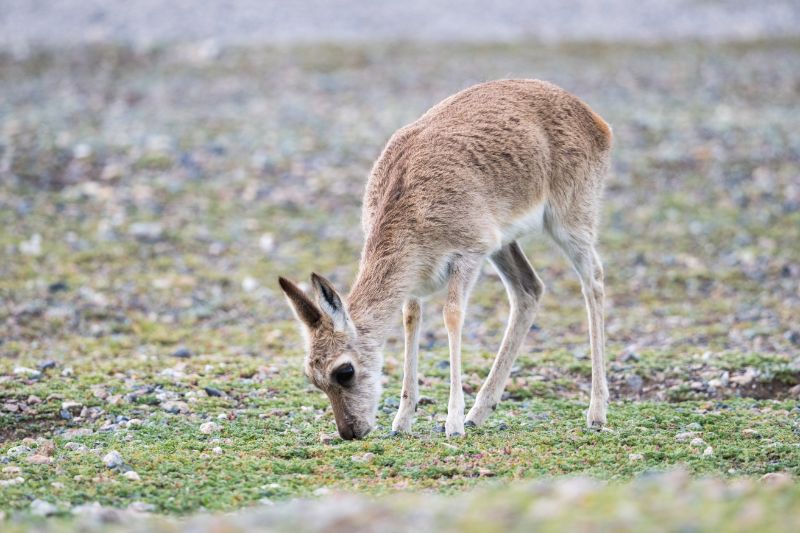
Goa is also known as the Tibetan gazelle. These shy creatures fall under the antelope species. Adult males reach heights of only 65 cenitmeters.
Mainly, you can find Goa in the Tibetan plateau, as they prefer areas that are almost 6,000 feet above sea level. Though the more significant numbers are in this area, some smaller groups are in China and India. Here they feed on wild grass and shrubs.
Usually, they enjoy living in smaller family groups of 10 individuals. However, the majority of males prefer living alone. The only time they gather is during the mating season which starts in December.
Primarily, the main predators for Goa are the snow leopard and the Himalayan wolf. Human beings also hunt them for food and skin. Due to small numbers in the wild, these three-letter animals are ranked as near threatened.
-
Cat

Did you know there are cat species that live out in the wild? These are some of the three-letter animals that start with the letter c. Their name is also part of the most common 3 letter words in the world. Many people know that domestic pets live at home, but that’s just a small part of the 38 species.
Out in the wild, cats inhabit almost every part of the world. Most have names according to where they live. For instance, there’s the European wild cat, African wild cat, Asiatic wild cat, and Arabian wild cat. Most live in isolation and come together to reproduce.
Usually, wild cats feed on rodents, frogs, birds, and other small creatures. Humans hunt some like the Scottish wild cat for their fur. But, overall, they have few predators.
See Related: Animals that Start with X
-
Ape
Apes are three-letter animals from the primate family. Today, there are about 20 ape species in the world. These are split into two groups, namely the Great Apes and the Lesser Apes.
For the most part, you can find apes deep in the jungle or up in the mountains. They prefer these areas for ample food and protection. Mostly, they live in groups known as tribes led by one alpha male. Family groups can have 30 or more members.
Commonly, they feed on plants, fruits, and the bark of trees. However, as omnivores, they also hunt animals depending on their size. Also added to their diet are insects and birds.
Their population in the wild remains stable thanks to conservation efforts, though some species are extinct.
-
Yak

Yaks are domesticated three-letter animals. Mostly, they enjoy living in the Himalayan regions. On the northern part of the Indian subcontinent, these creatures play a crucial role in human survival.
First glance at these creatures can be shocking due to their large frame. They’re built to withstand the harsh conditions in that part of the world. They eat grass and wild herbs in the region.
All in all, their numbers remain steady, with over 14 million creatures living today.
See Related: Facts About Bears
-
Bat
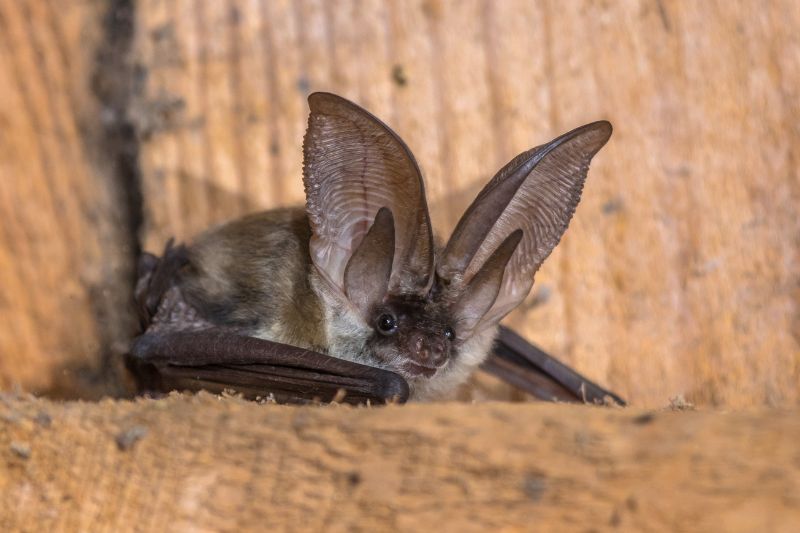
Not many people know that bats are mammals. Today, there are more than 1,200 bat species in the world. These nocturnal creatures enjoy living in colonies. The largest colony in the world has over 20 million bats living together in the Bracken Cave.
However, it’s worth noting that some species prefer living solitary lives. For the most part, these three-letter animals eat fruit, nectar, small animals, insects, and even pollen.
As omnivores, their diet is widespread. Also, they cover vast areas in search of food. Commonly, they are polygamous. Though some species are extinct, the remaining ones have stable numbers. Some predators that eat bats include snakes, owls, and hawks.
-
Emu

Among animals with cool three-letter words is the emu. Emus come second after ostrich in terms of large bird species in the world.
Today, there are more than 725,000 that live out in the wild. Though they are found in numerous zoos globally, they originate in Australia.
Emus are flightless birds that can walk long distances in search of food and water. They enjoy eating insects and plants.
One interesting trait is that they can live for some time without drinking water. Also, it’s good to note that the males incubate the eggs.
With vast numbers living in the wild, they don’t feature on the endangered animal list. However, they have some predators. The top ones are eagles and dingoes.
-
Owl

Owl is a cute three-letter word bird of prey. It’s among the top animals with vast numbers of species reaching 200 in total.
Like most vast species, they are spread across the world. You can find owls in deserts, mountains, forests, and grasslands.
Usually, like other birds of prey, they eat small animals and insects. Preferences are mice, fish, other birds, and giant insects, among others. As for living arrangements, owls are solo creatures.
Usually, they enjoy a solitary life out in the wild, only coming together for mating purposes. The rest of the time, they defend their territories fiercely from one another.
These three-letter animals aren’t in immediate danger of extinction though some species no longer exist. Some people hunt them for feathers and sport.
-
Koi
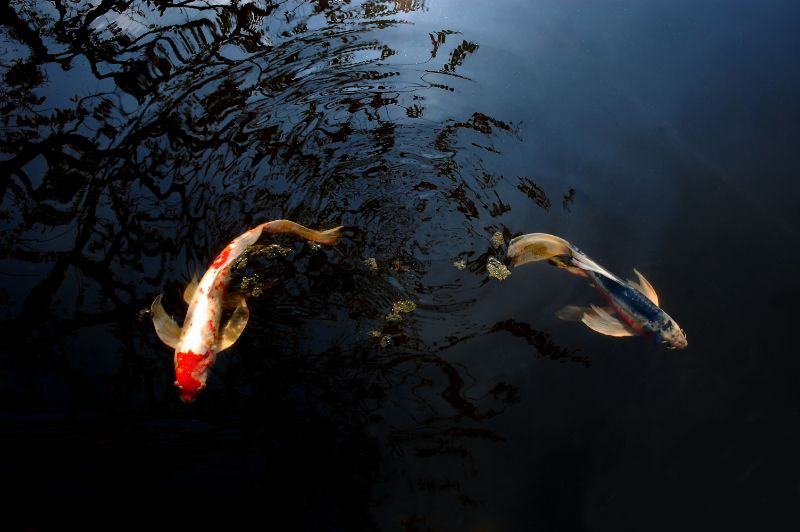
Koi are beautiful three-letter animals that live in water. These fish types are common in most home aquariums. People keep them for ornamental purposes thanks to their bright colors.
Initially, Koi are from East Asia and are pretty popular in Japan. They enjoy living in parts of the world with cold water. There are about 100 known species of varying sizes, patterns, and colors.
In terms of food, wild Koi live on an omnivorous diet. They feed on algae, dead animals, insects, and plants. They prefer to live in schools finding safety in numbers.
Common predators include larger fish, wild dogs, wild cats, birds, and snakes, among others.
With regard to reproduction, females spawn, and males fertilize the eggs they lay. There’s no telling how many Koi are in the world, but numbers are enormous.
-
Eel
The oceans carry lots of unique animals, including some with three-letter animal names like eels. There are over 780 species of eel in the world. Though most people know of the electric eels, there are many more in the open waters.
Eels are longer than regular fish and look more like snakes. They can swim well and often even move back when they need to. While some species are found in shallow waters like rivers, some prefer the deep blue sea.
Regarding feeding habits, eels are categorized as carnivores. They feed on animals such as smaller fish, worms, mussels, lizards, and frogs.
However, even as carnivores, they can become prey to others. Large birds and fish enjoy feeding on eels. Also, some mammals head to the water to hunt them like raccoons.
And, while even people enjoy eating eel, their populations remain high across the world.
-
Jay

Bird lovers know all about the Jay. It’s among the most beautiful three-letter animals you can check out. Popularly known as the Blue Jay, this bird lives in eastern parts of North America.
Usually, jays enjoy living in smaller flocks. They build their nests in high places and are known to defend themselves fiercely. Often in the wild, they eat fruits, nuts, and small insects. However, they also enjoy eating out of bird feeders.
In regard to their popularity, many people love Blue Jays because they are naturally curious. Chicks are known to play with different items. Also, they don’t fear living next to human beings.
However, they are prey to several animals. Owls, crows, snakes, raccoons, falcons, hawks, and eagles, among others, hunt jays. Still, with 13 million and above living in North America, they don’t feature on the endangered list.
See Related: Are Humans Animals?
-
Gnu
Did you know that the lovely wild beasts of East Africa are also known as Gnu? These three-letter animals form one of the most extensive animal migrations in the world. They attract lots of tourists to that region and are among the most populous animals in the world.
Gnus are social creatures that live together in large herds. They enjoy the grassland habitats of East Africa, where they feed on green grass. The most common predators in this region include cheetahs, lions, wild dogs, hyenas, and leopards.
-
Ewt
Ewt is a member of the salamander family, most commonly known as a newt. It enjoys living in both forested and aquatic areas. Today, there are over 100 species on record populating all continents apart from Antarctica.
Though adult ewts prefer living in terrestrial areas, they always breed in water. They eat slugs, worms, and insects. However, they fall prey to fish, herons, snakes, and foxes.
Species vary in population, but they remain pretty standard in the world.
-
Kea
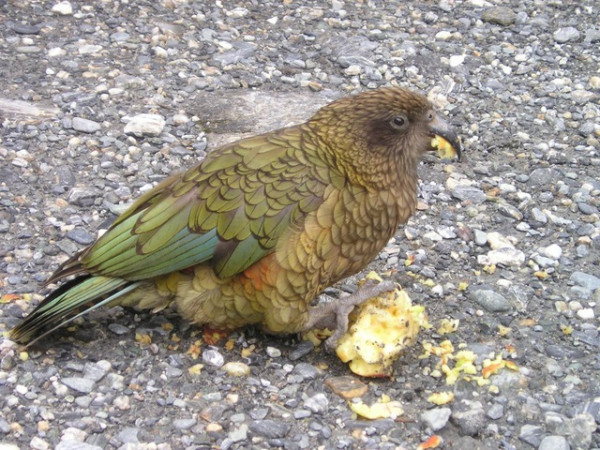
Bird species that make up three-letter animals include the Kea. They fall in the category of animals with three-letter words ending with a.
It’s a more prominent member of the parrot family that resides in forested parts of New Zealand. Usually, one male life with several females in the wild.
Like many other birds, Kea enjoys an omnivorous lifestyle. It can eat berries, insects, small fish, nuts, and many more foods.
Out in the wild, the main predators are cats, stoats, and possums. Before 1970, the bird was widely hunted by farmers when the government had a bounty on it.
Related Resources
- Sun Bear
- Leatherback Sea Turtle
- Endangered Species in California

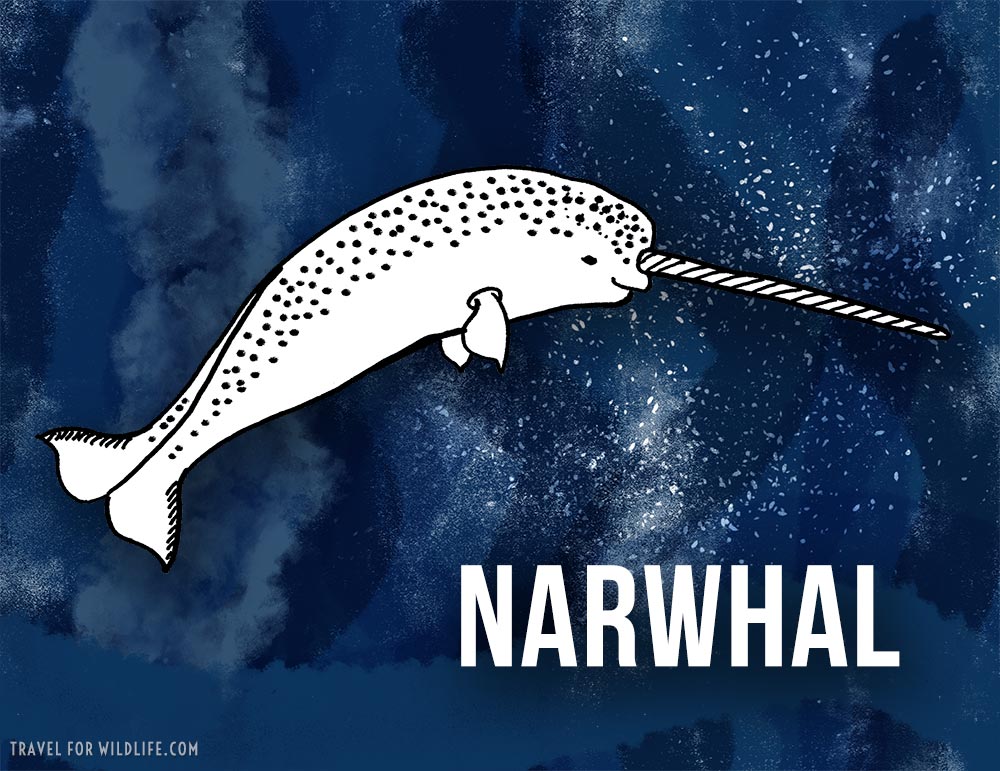
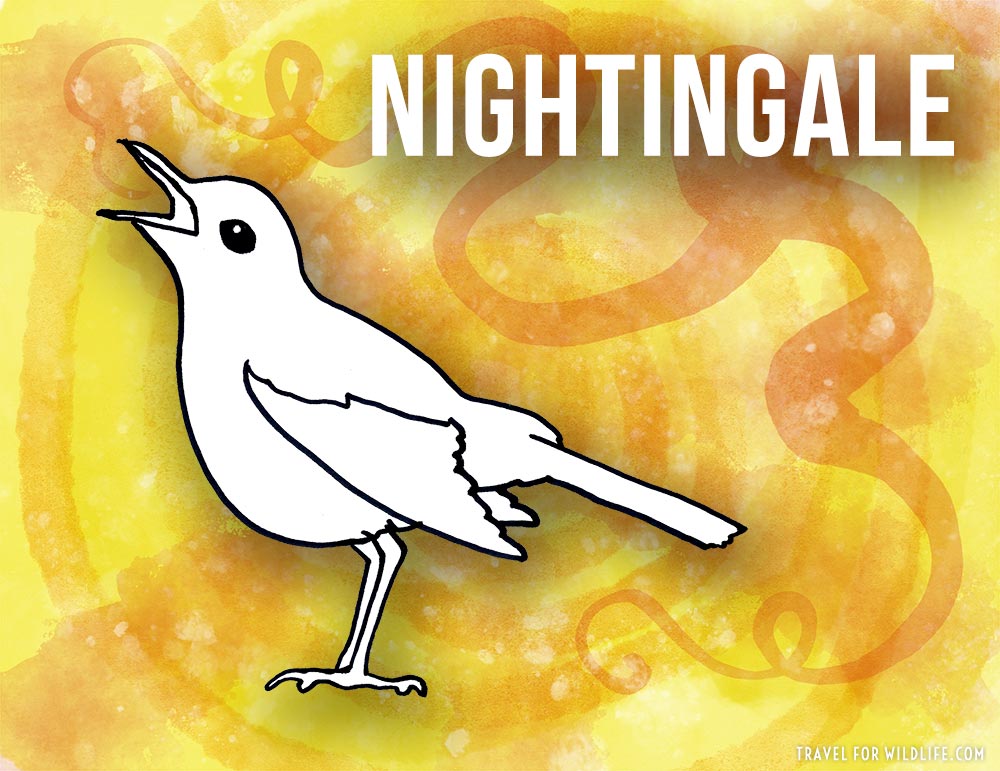
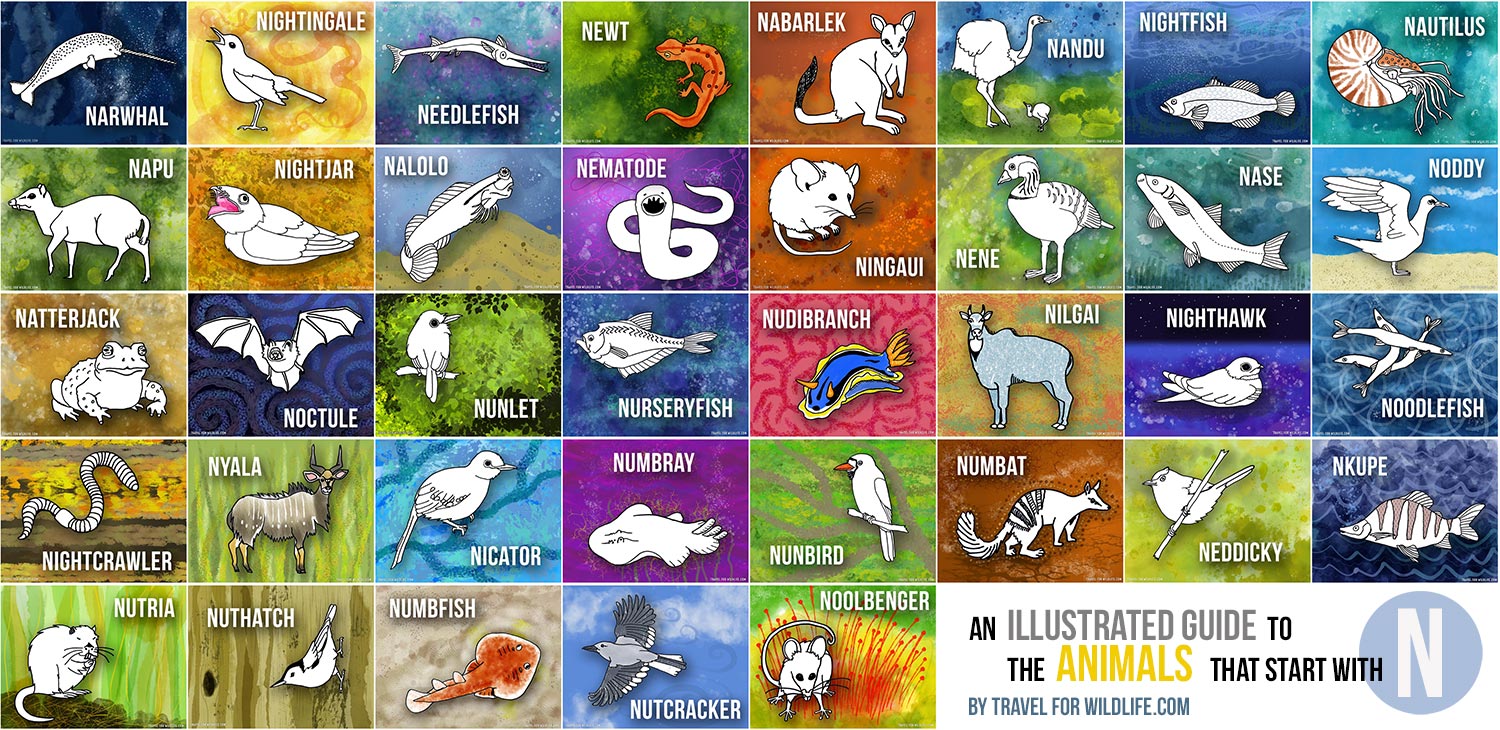
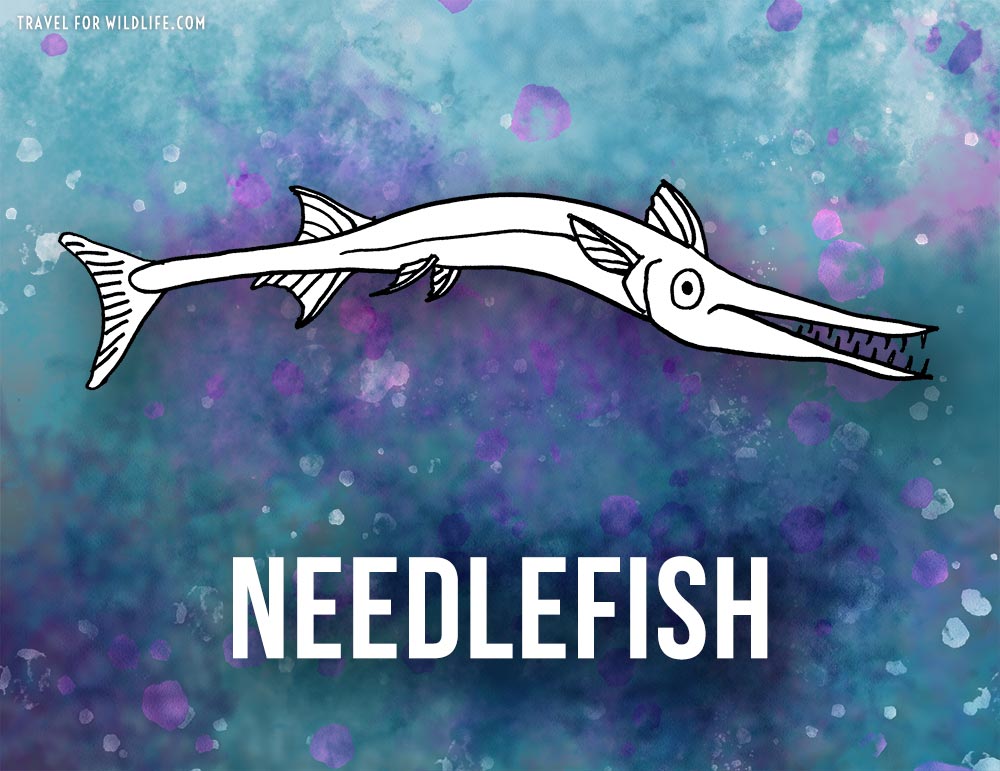
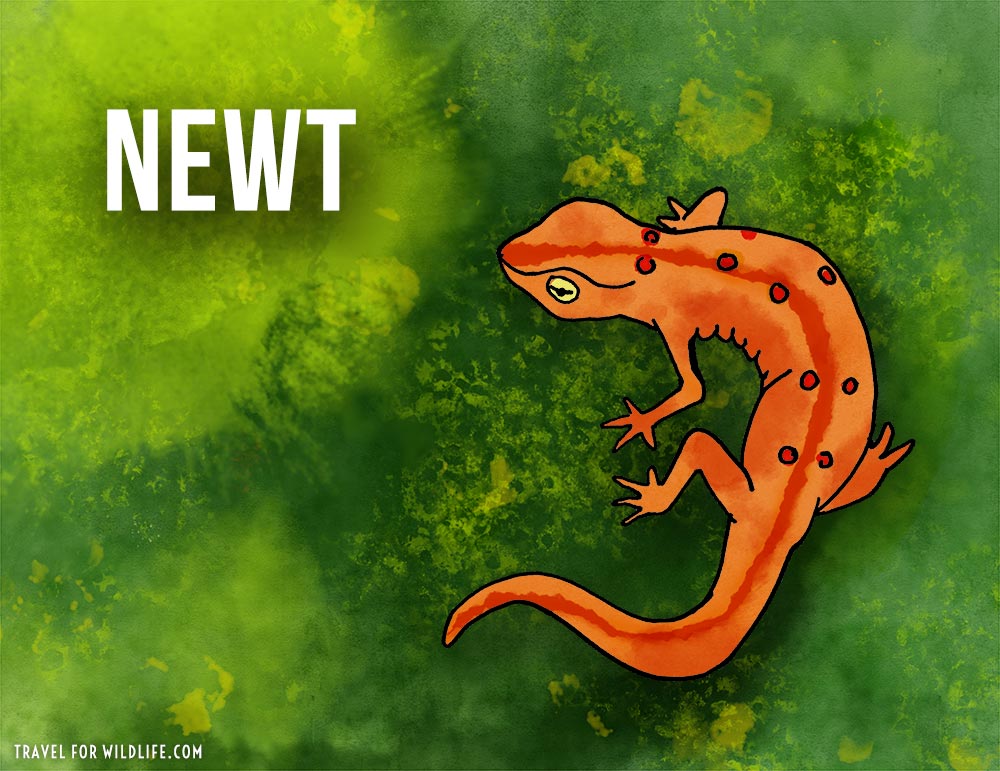
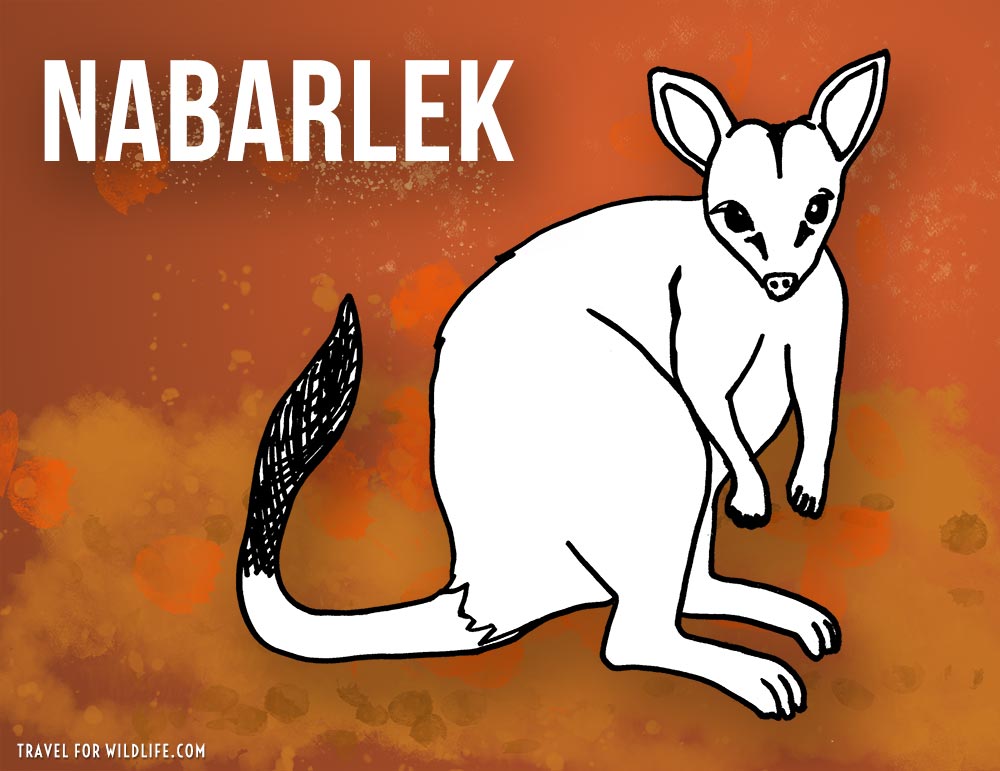
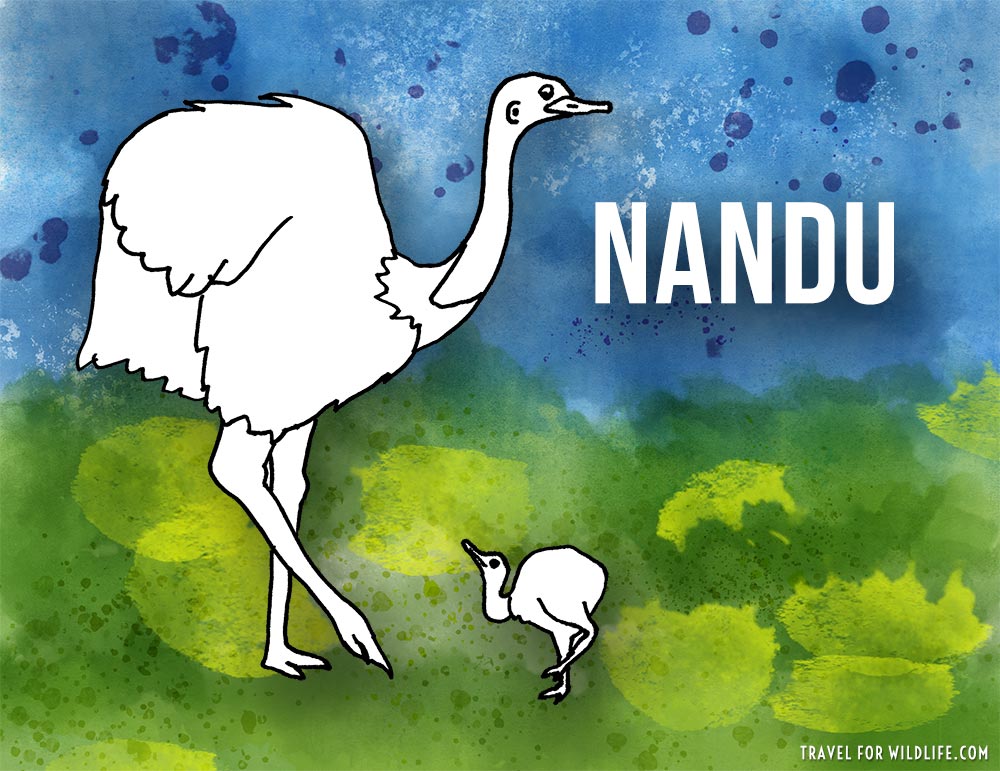
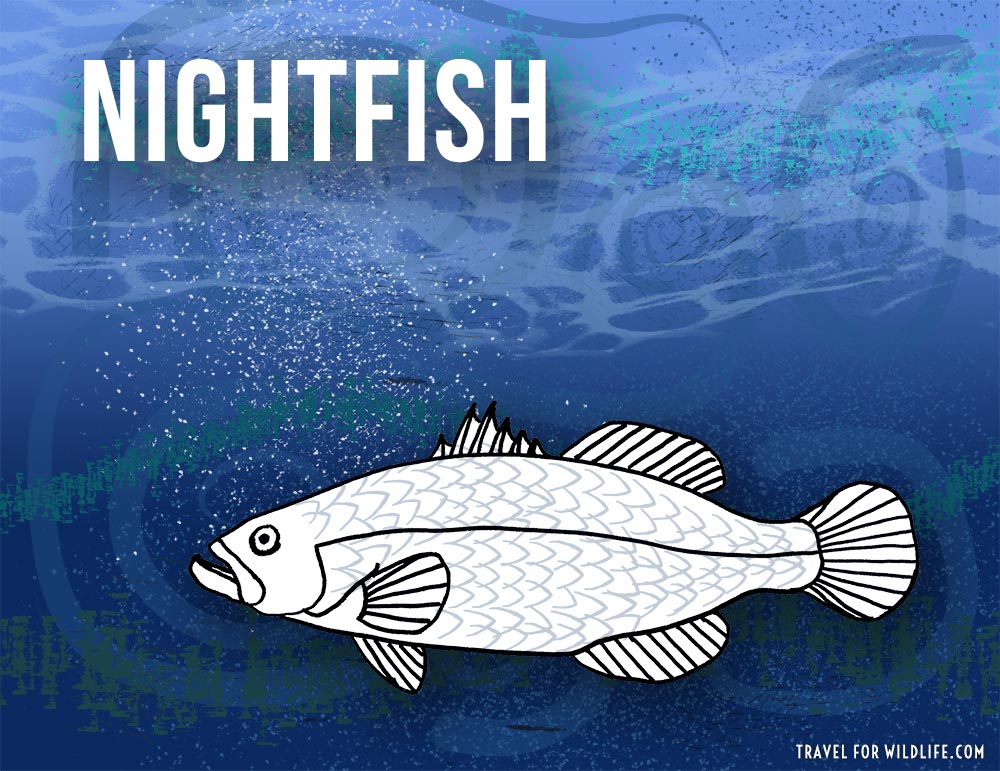
 Nautilus
Nautilus